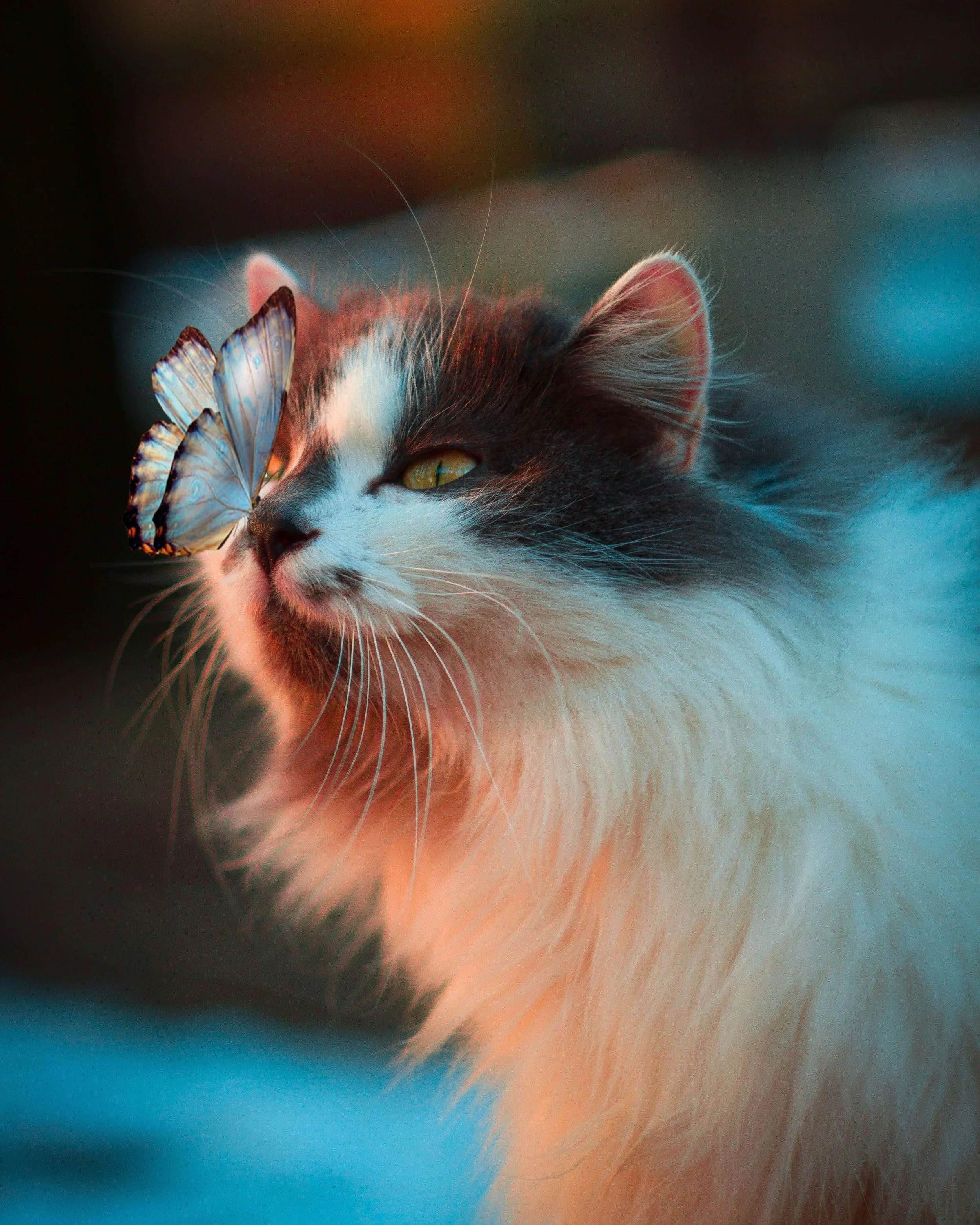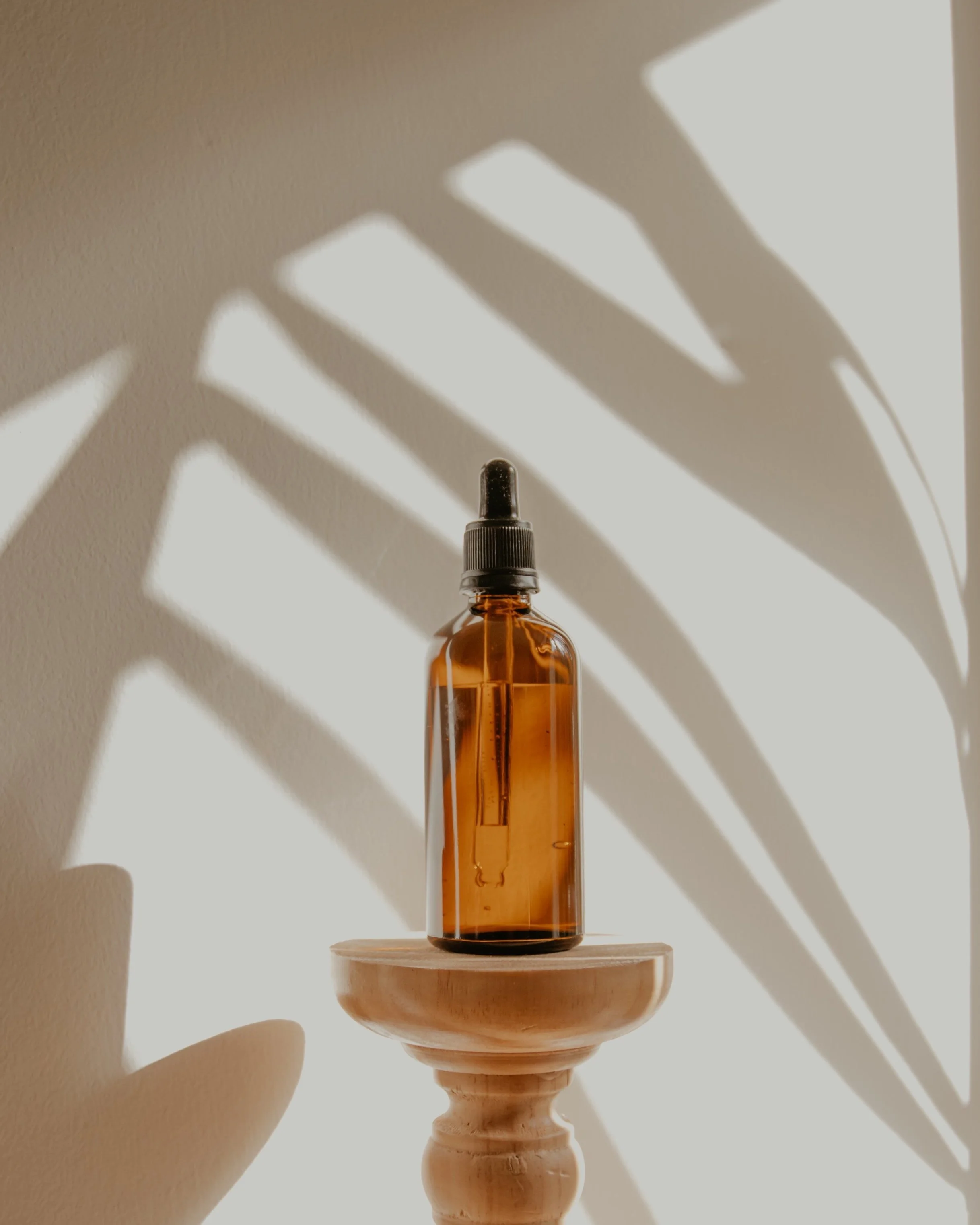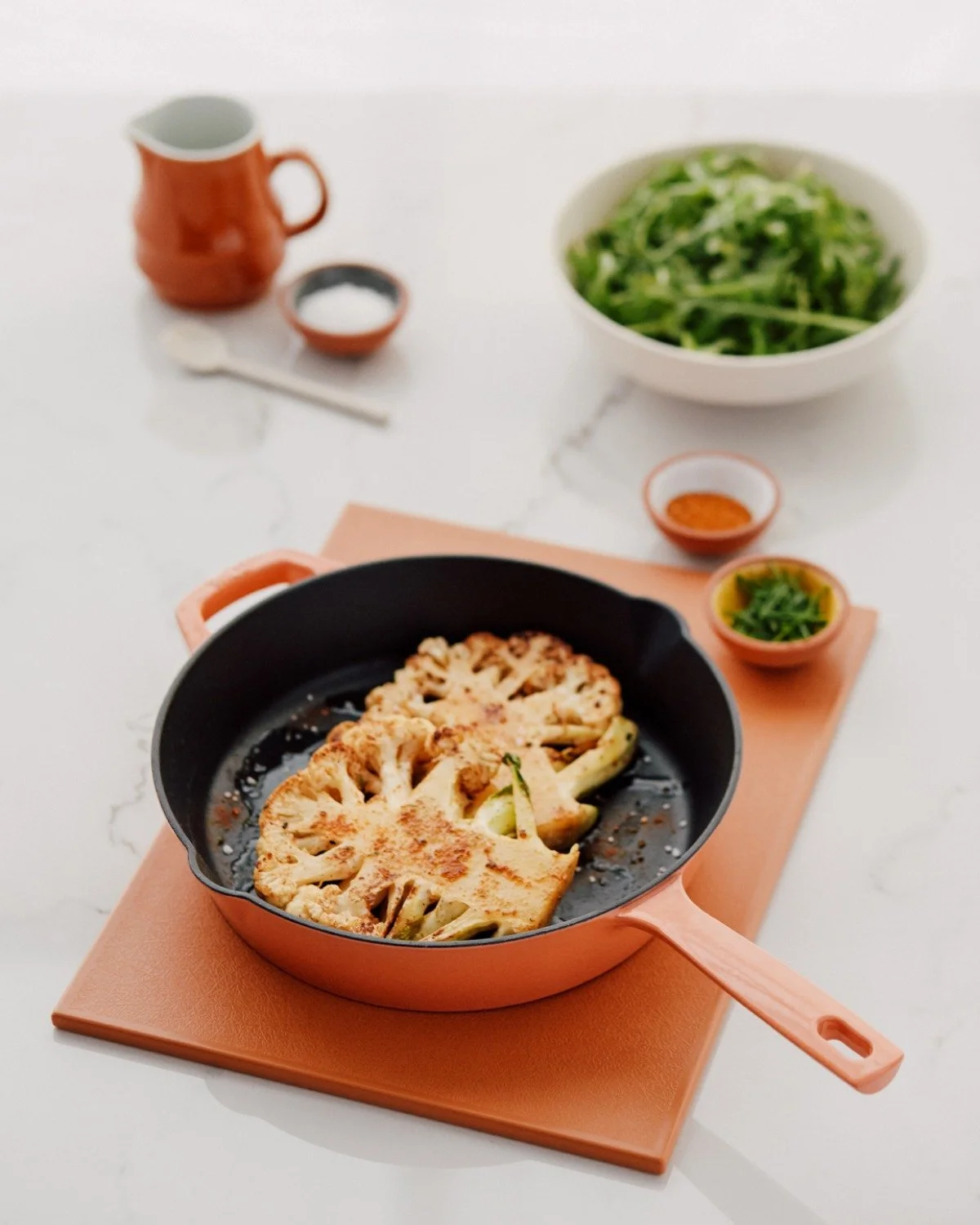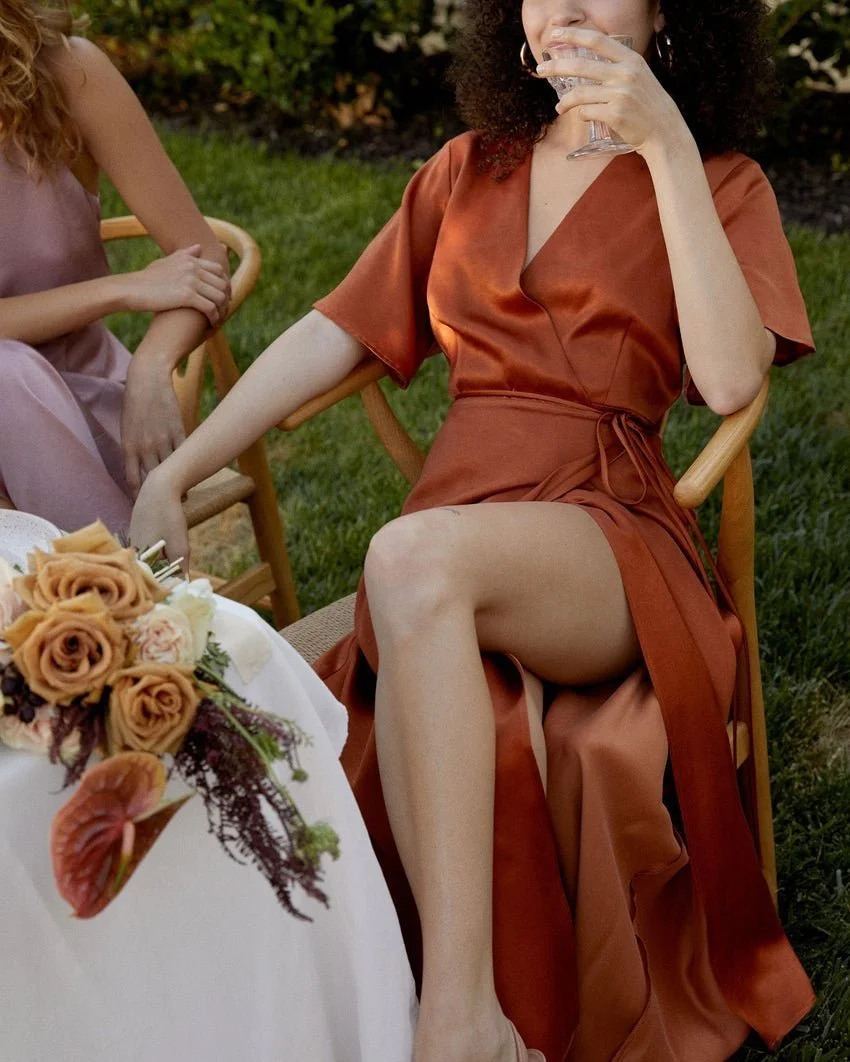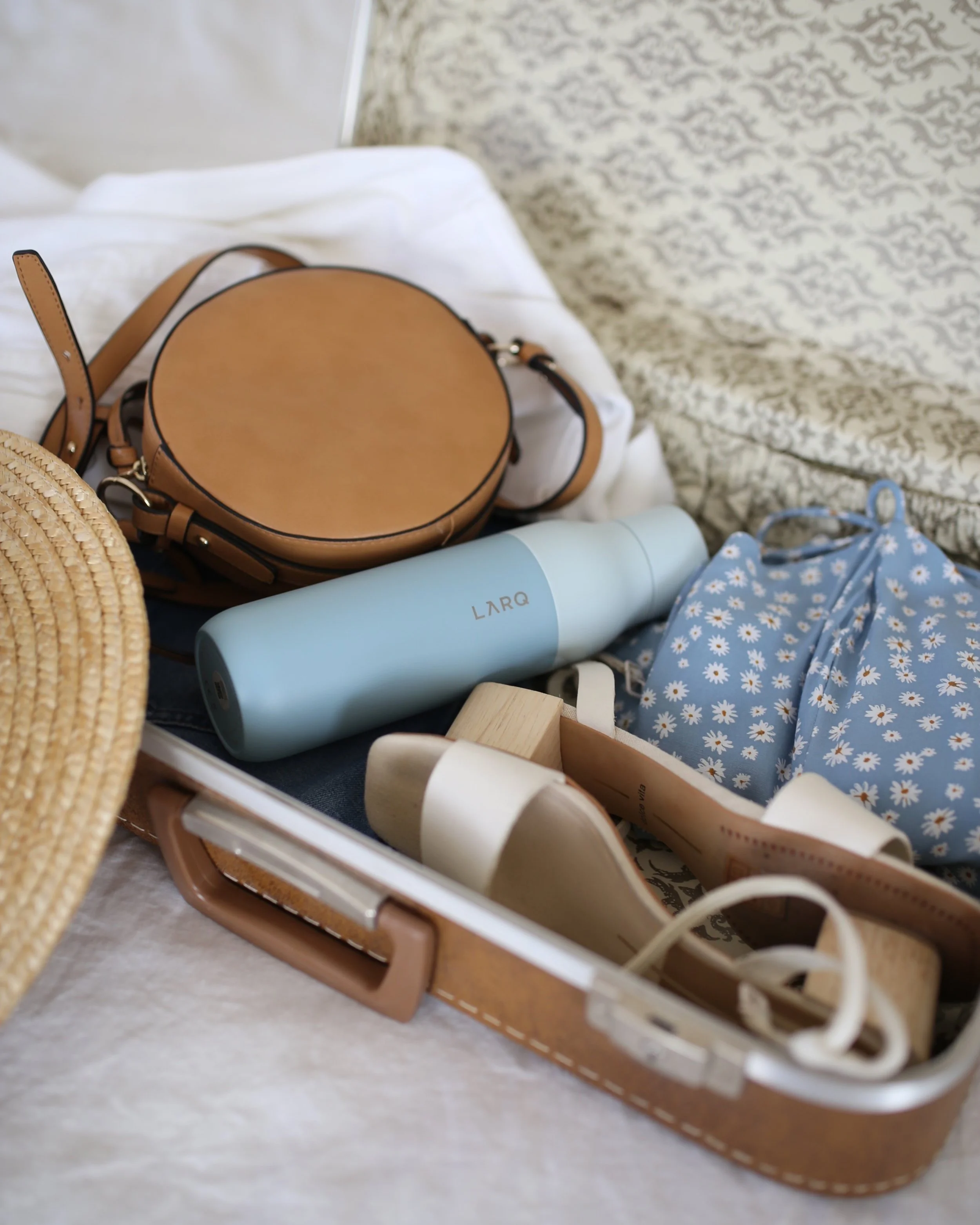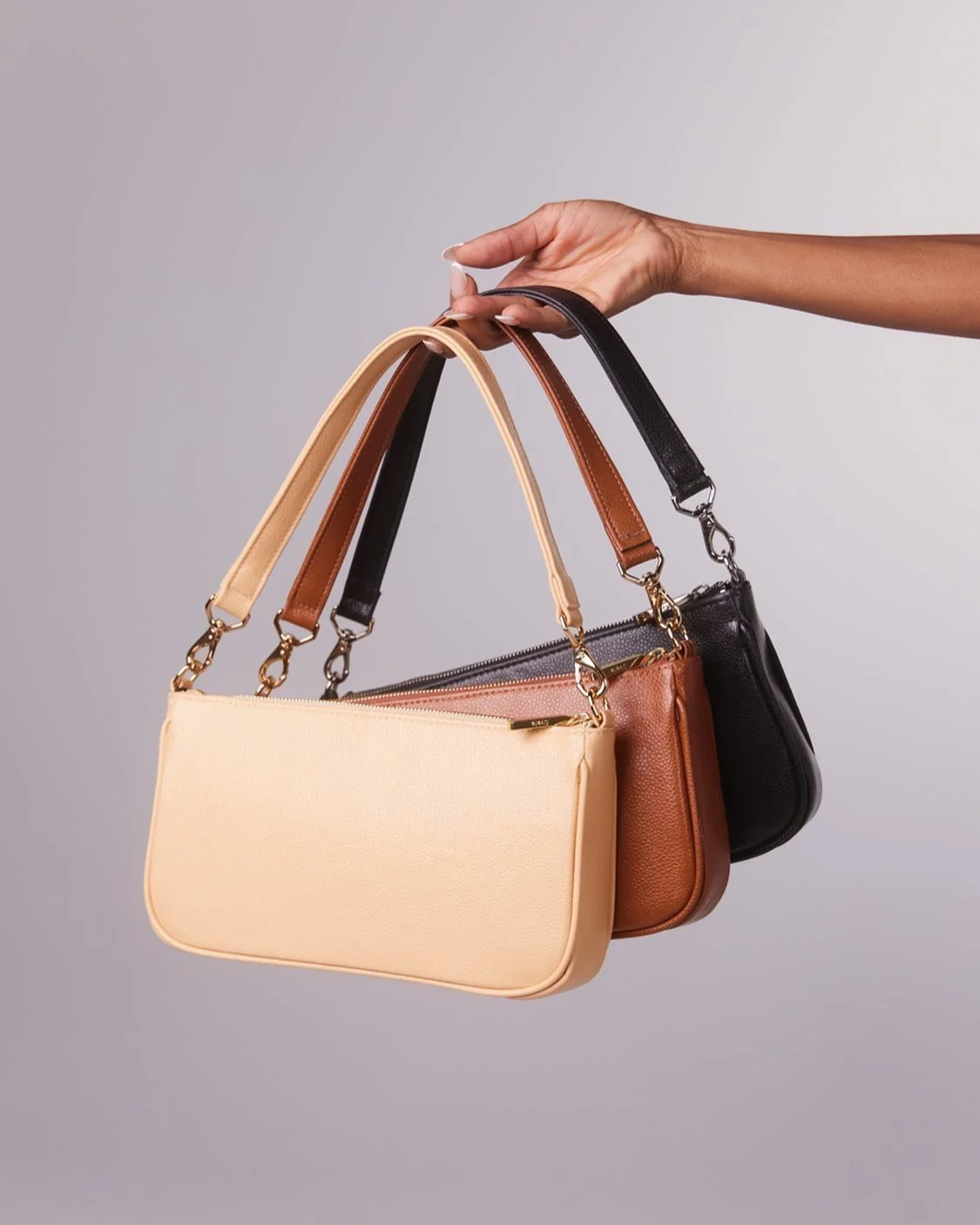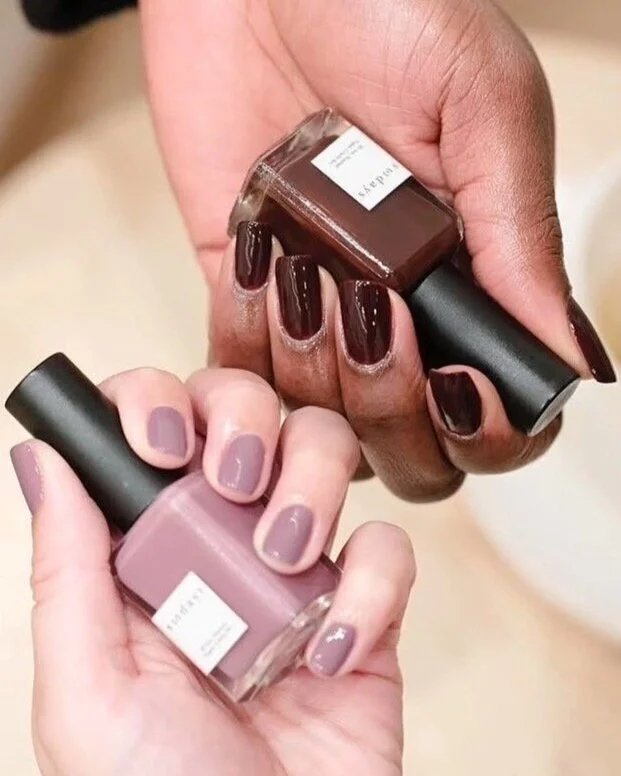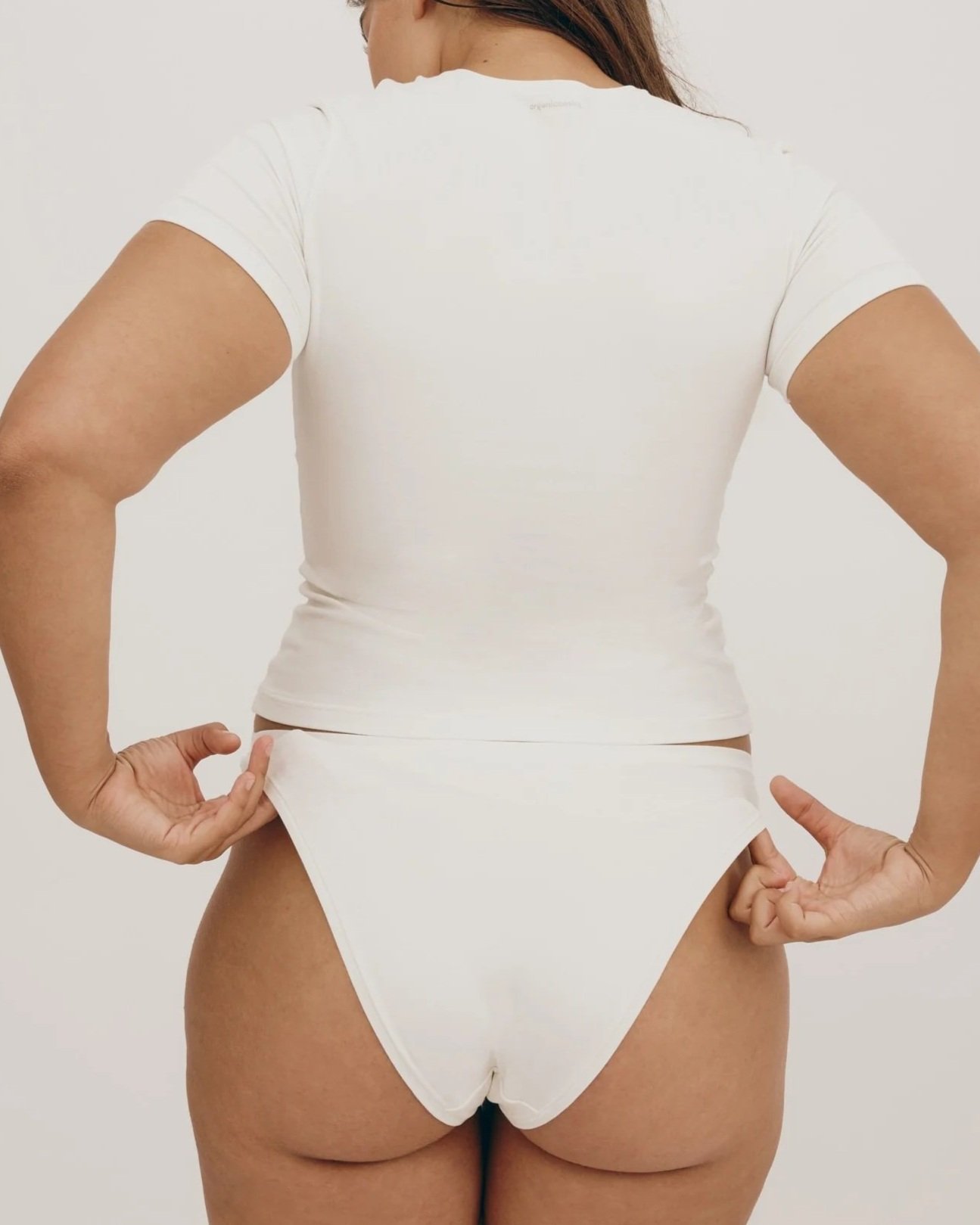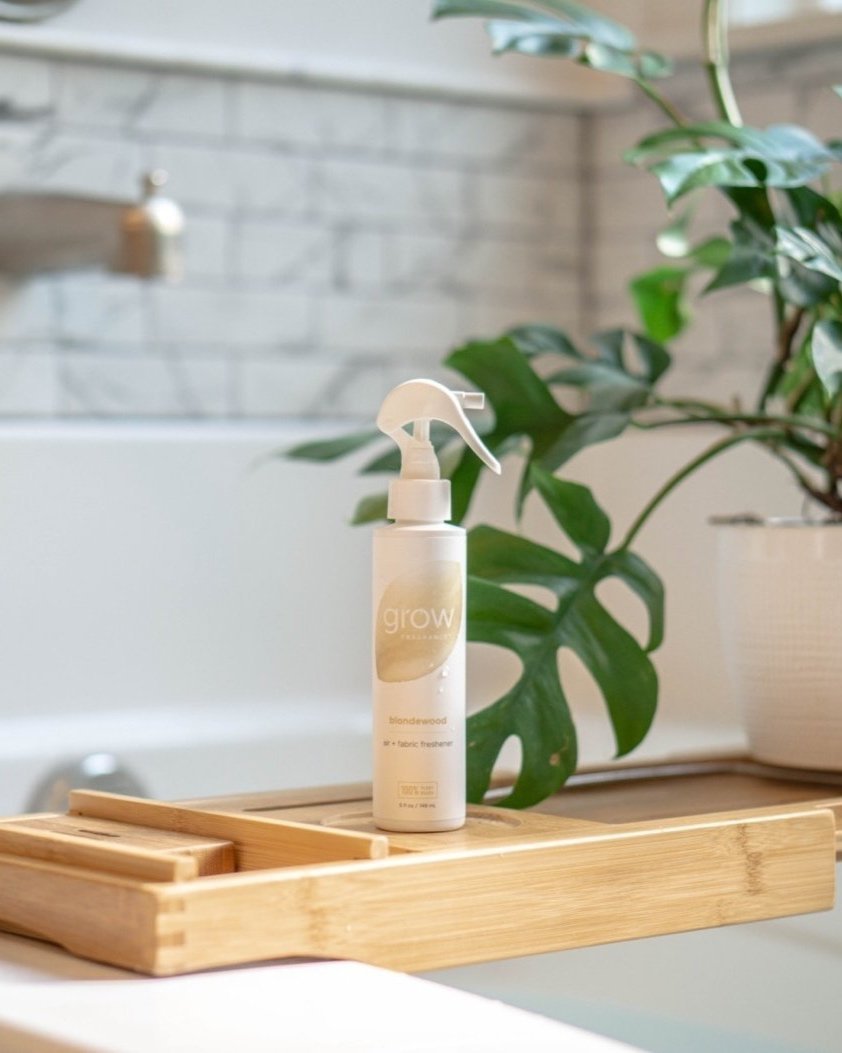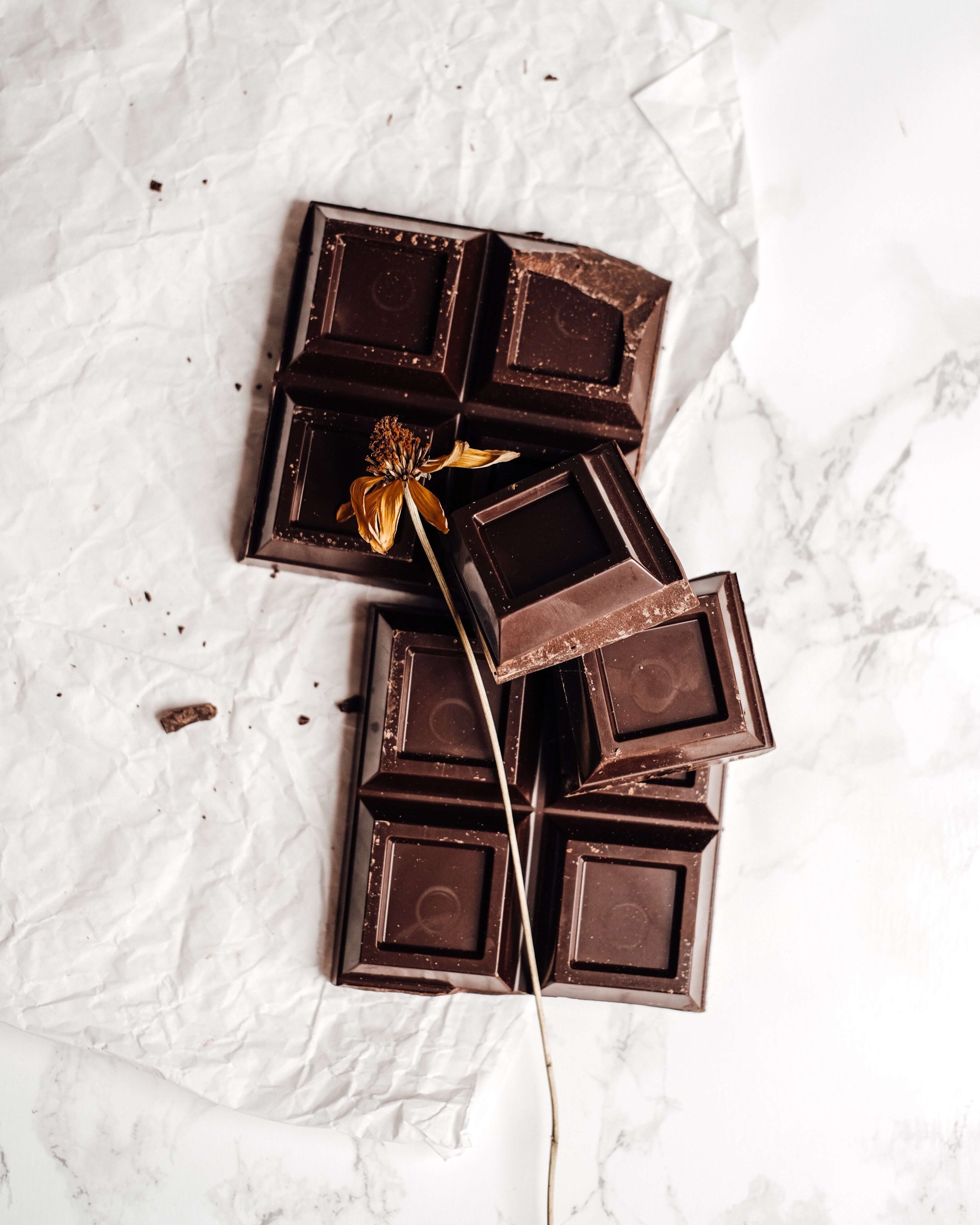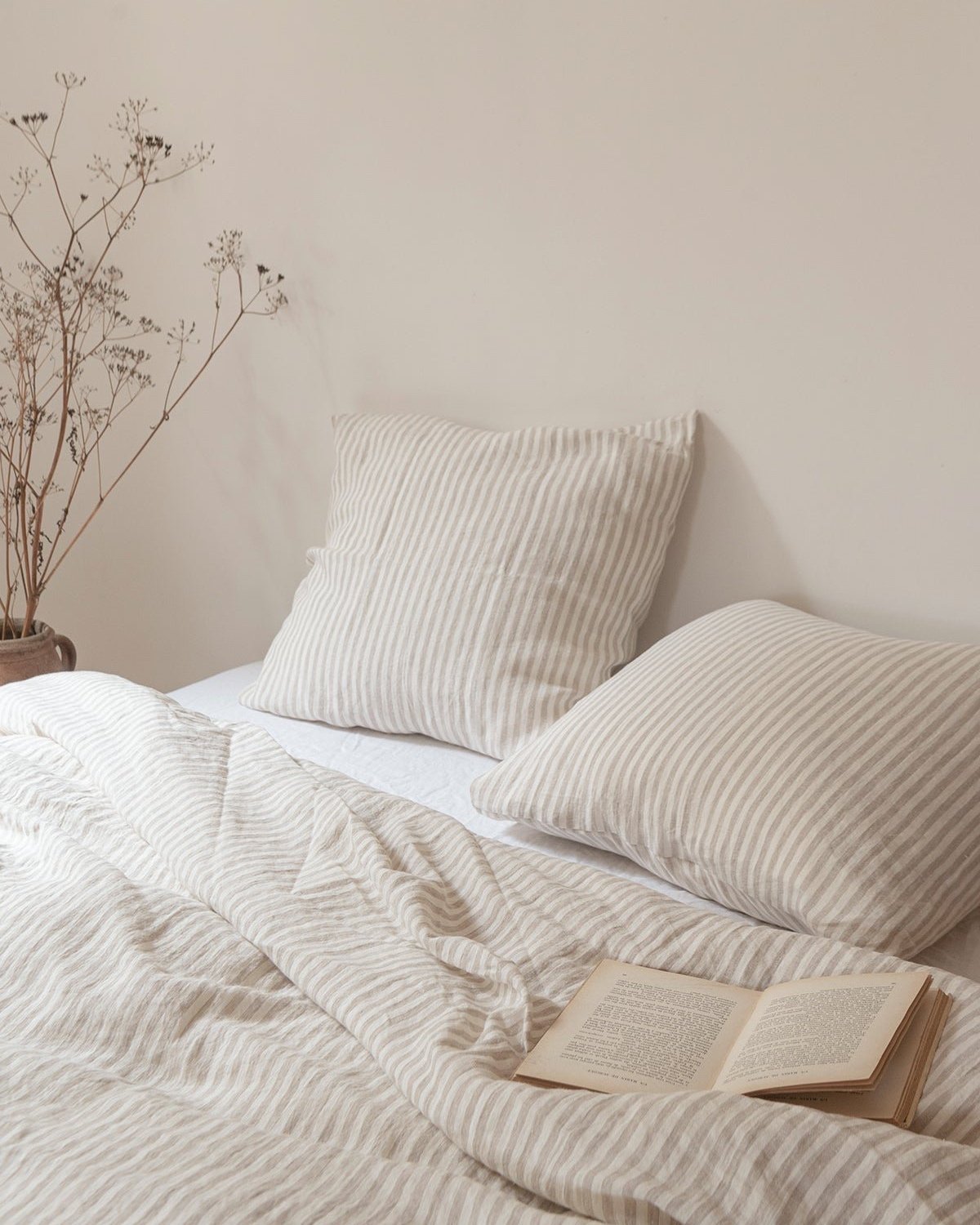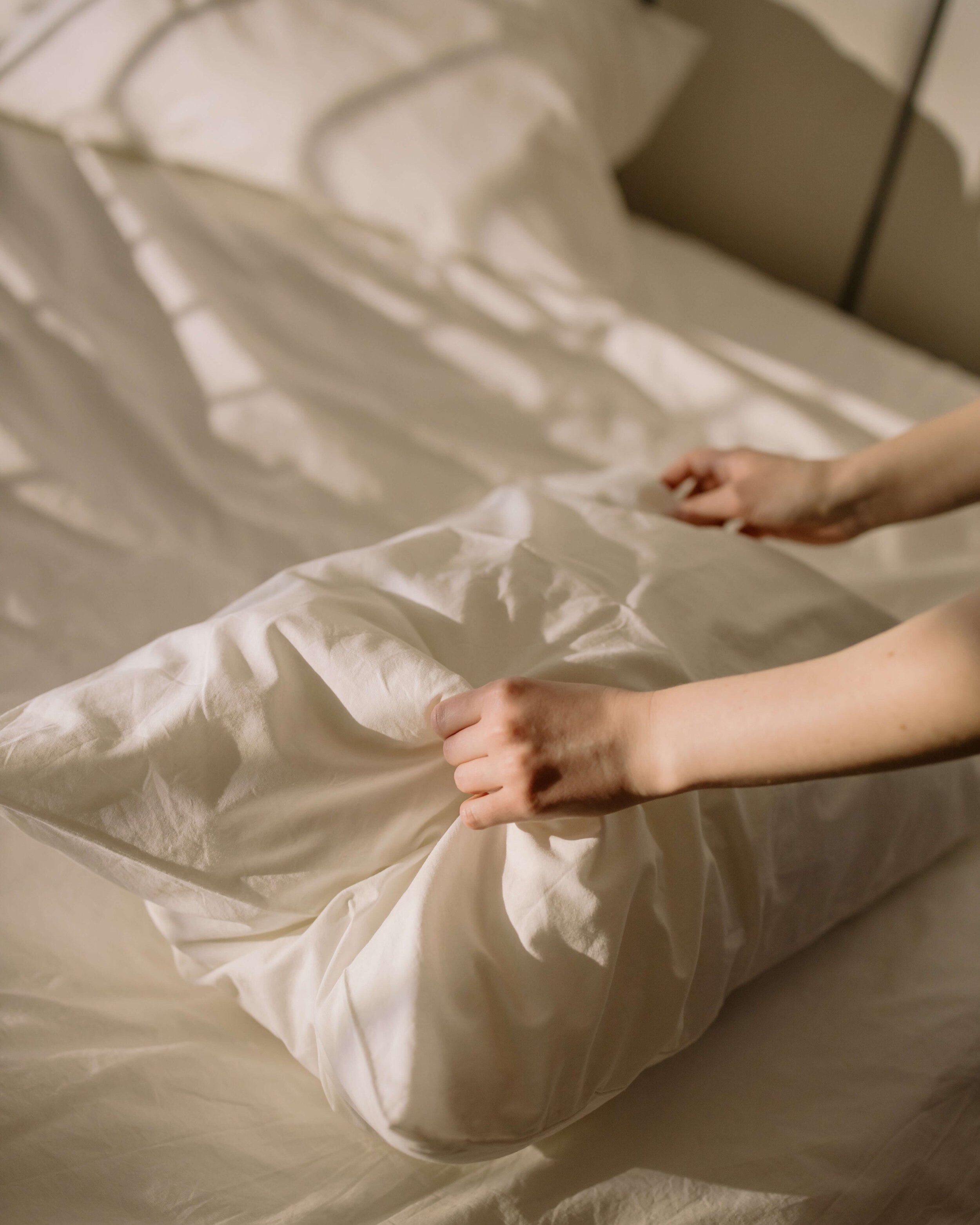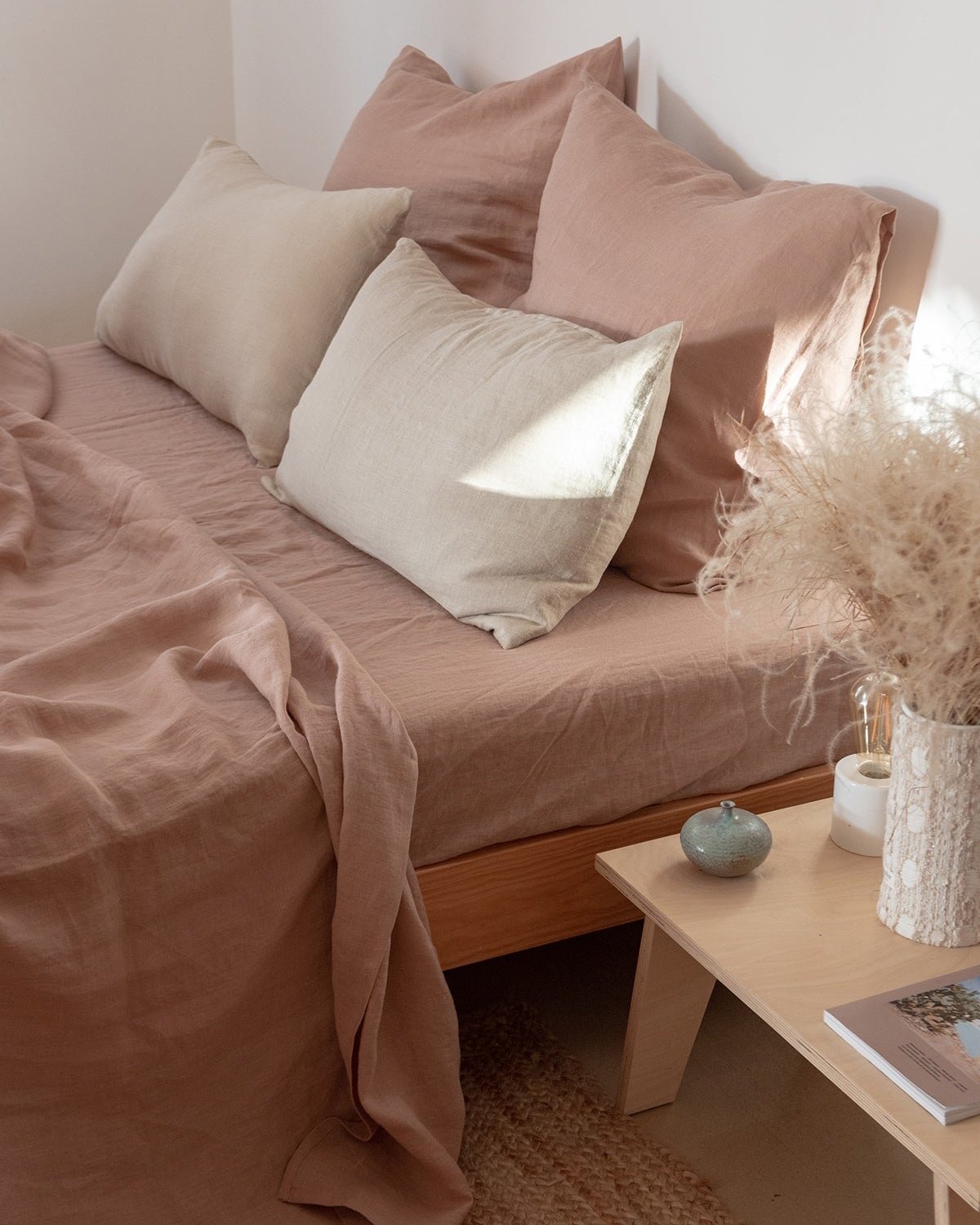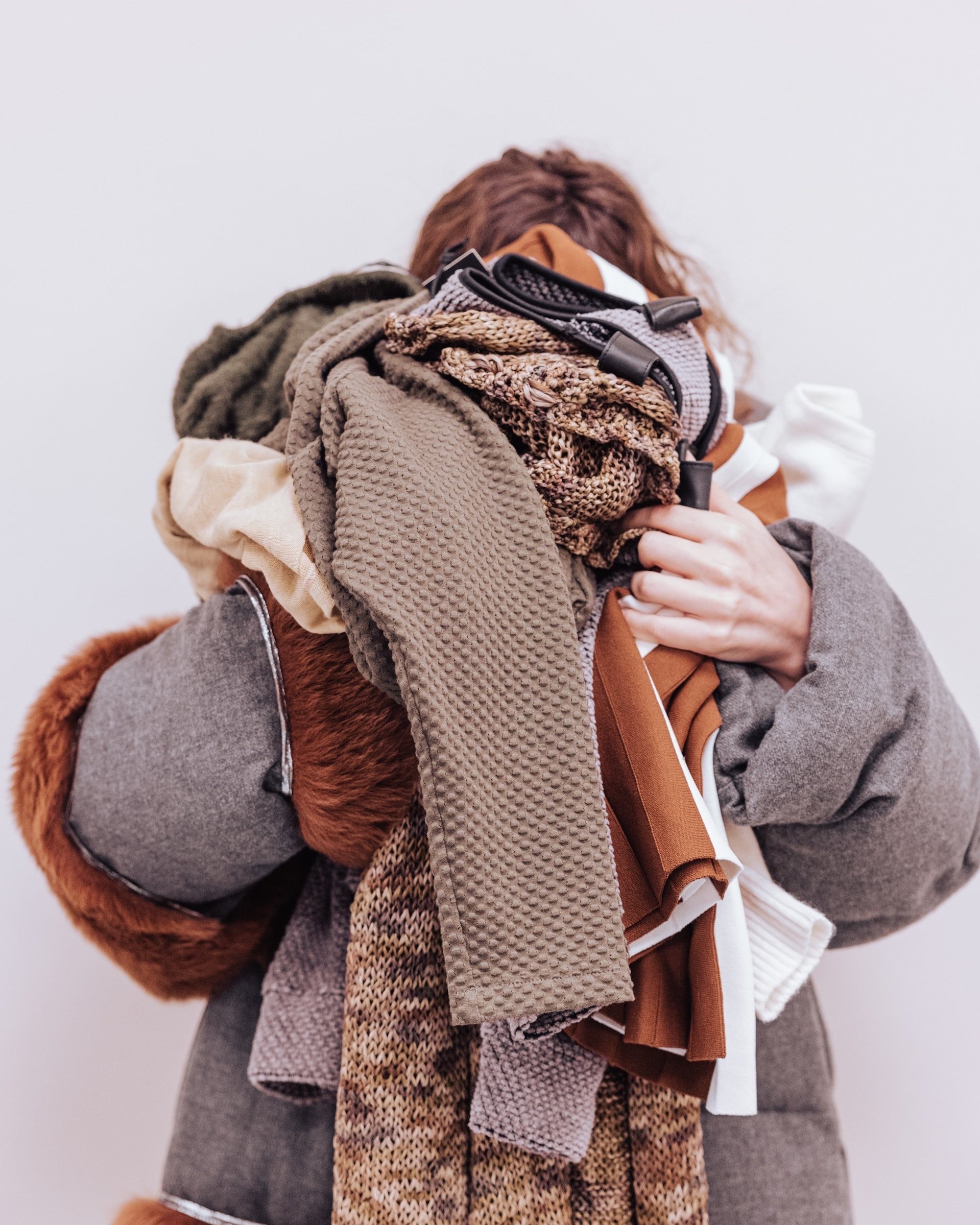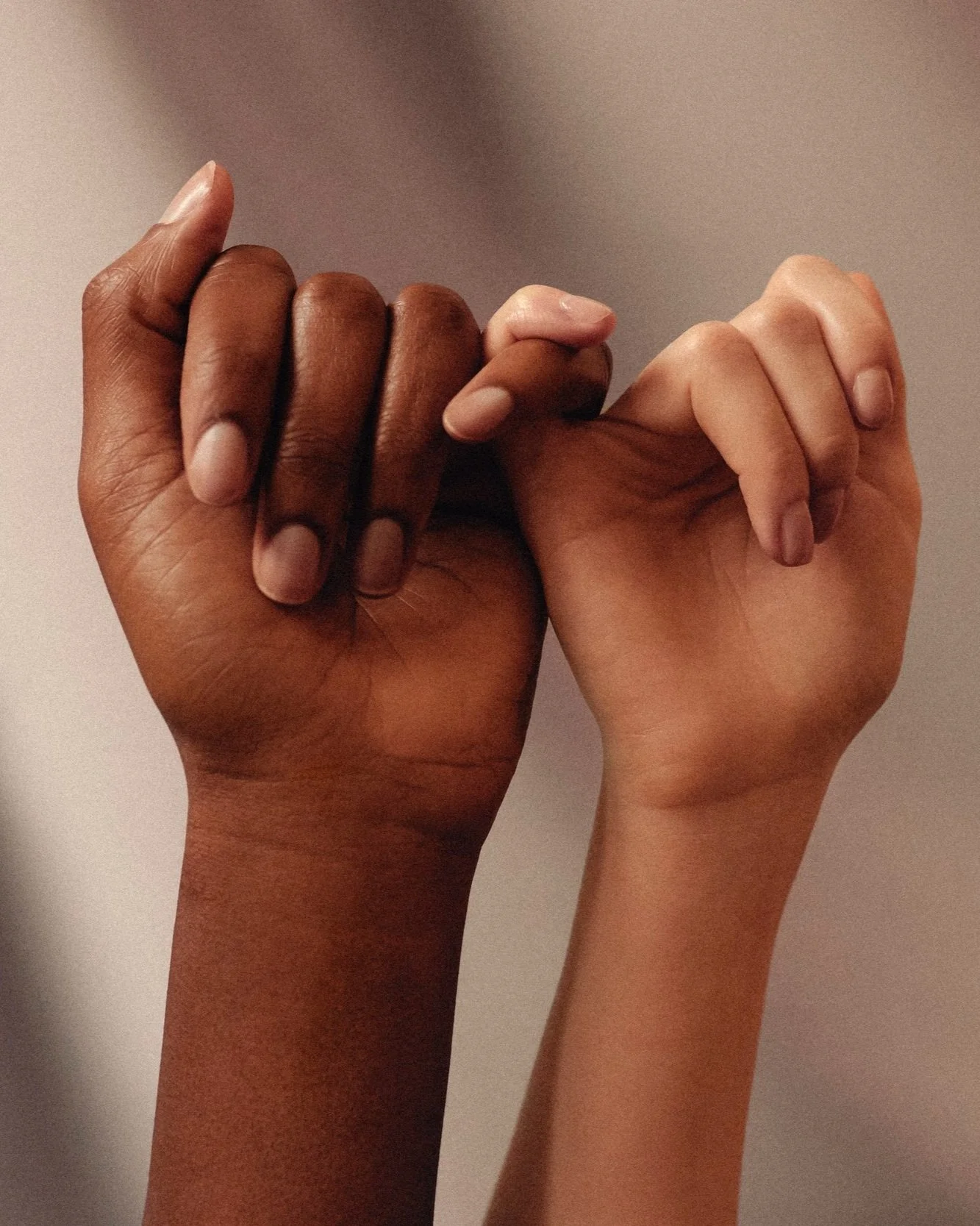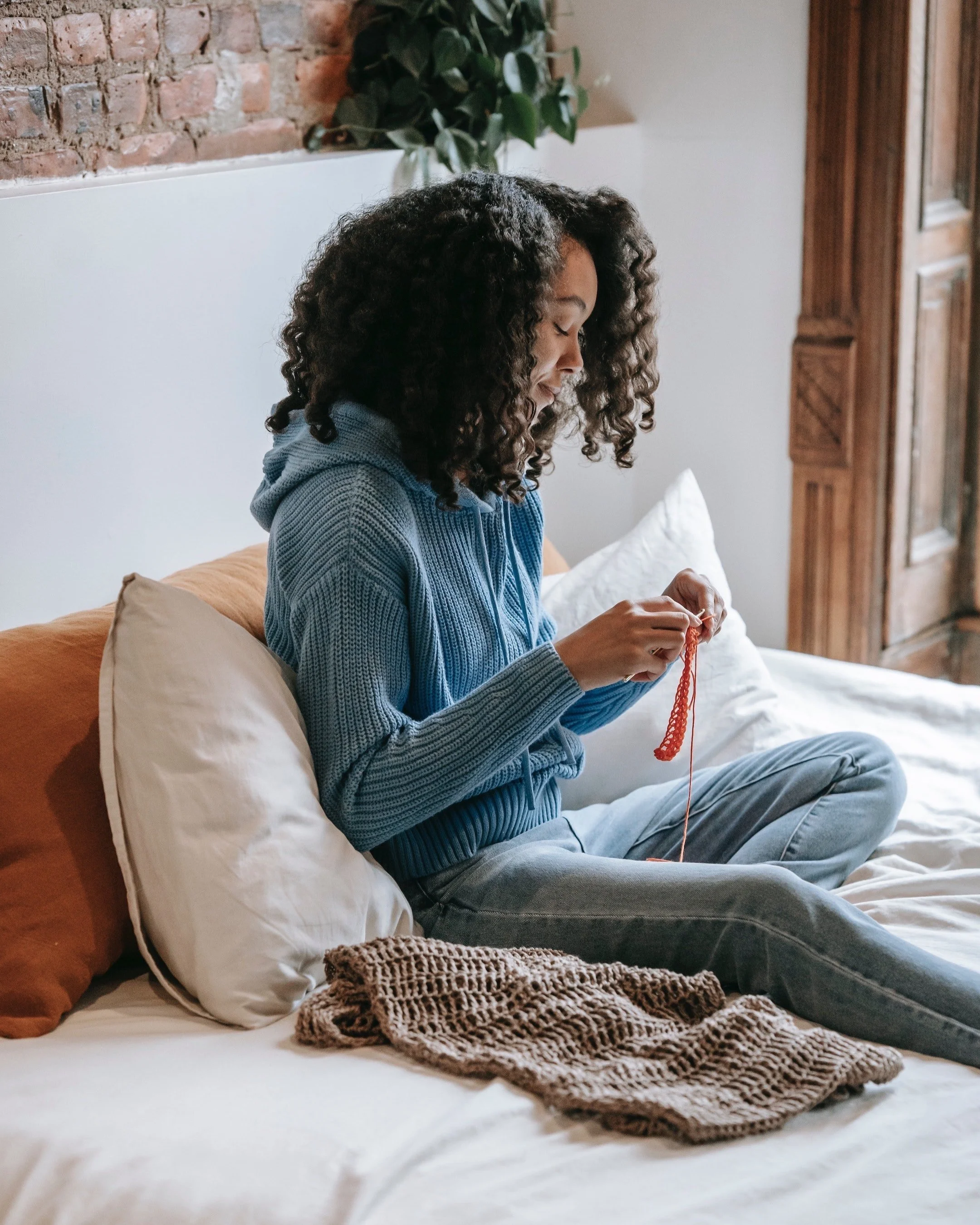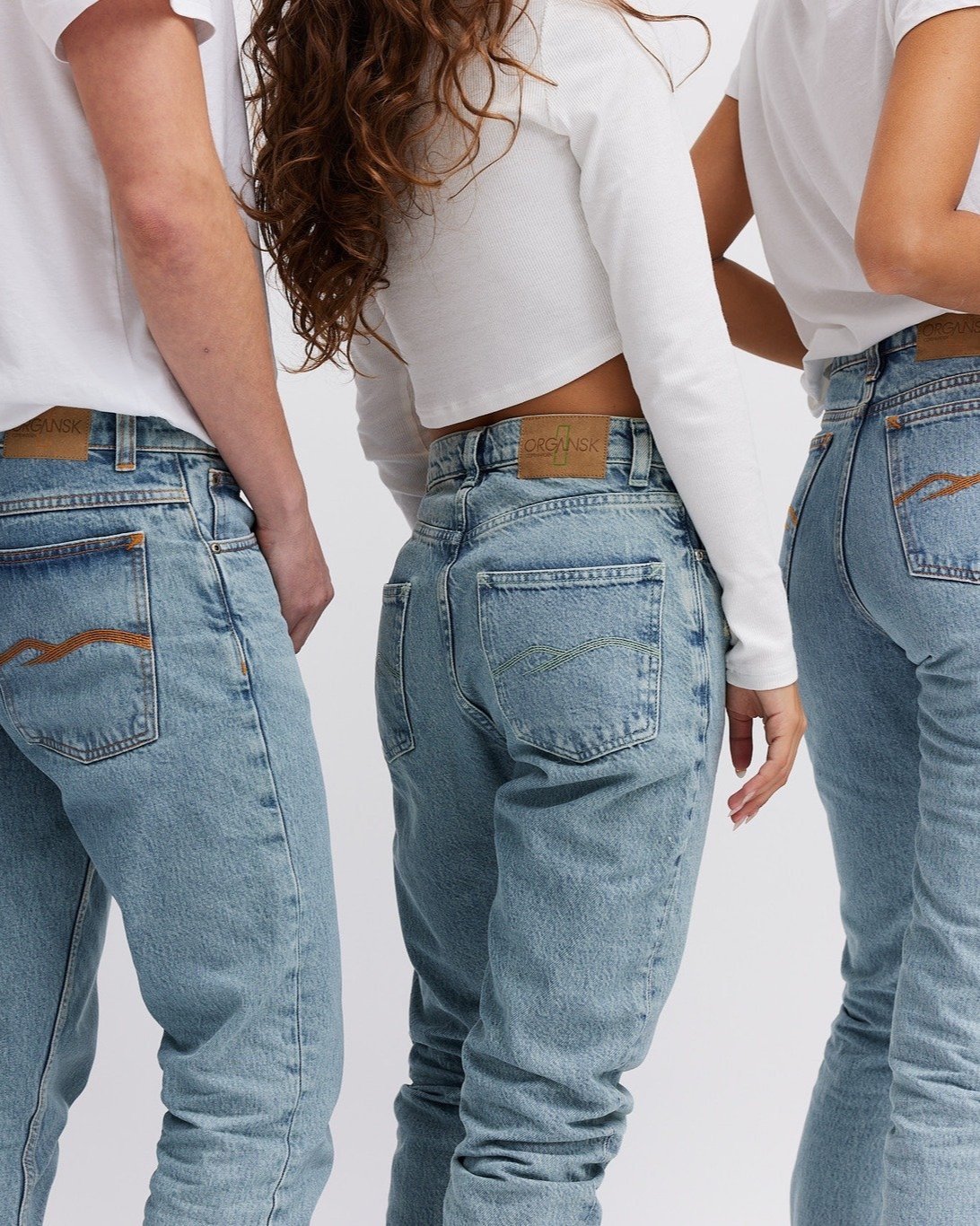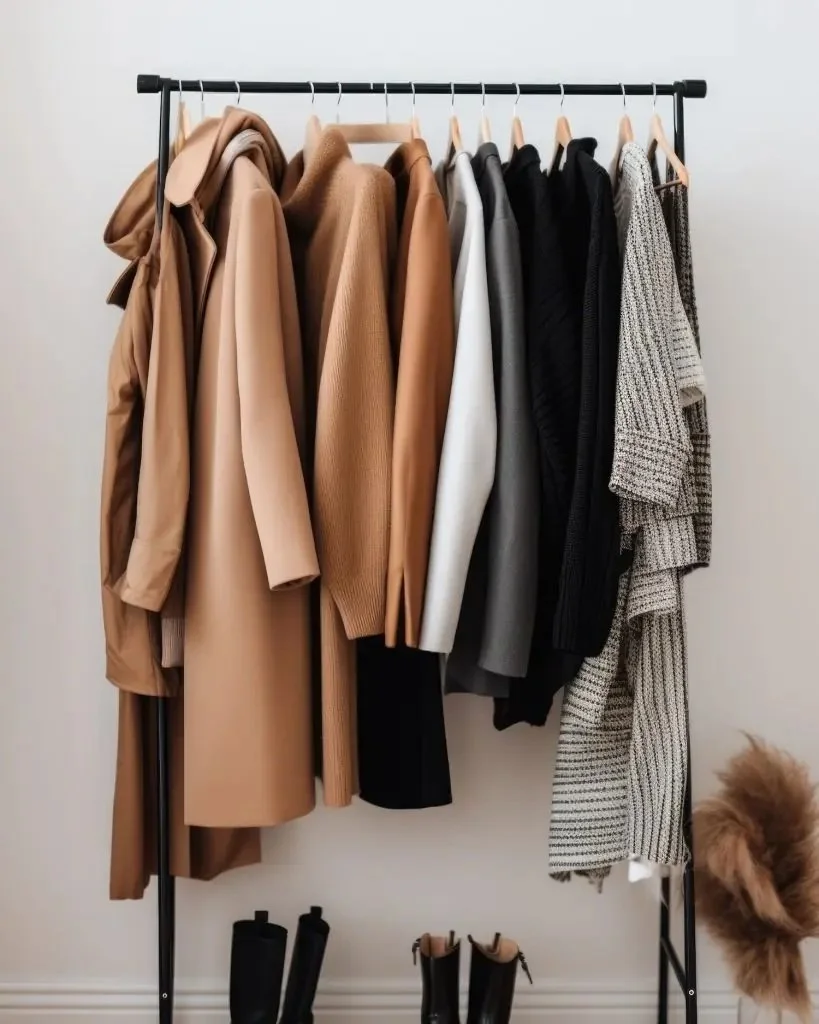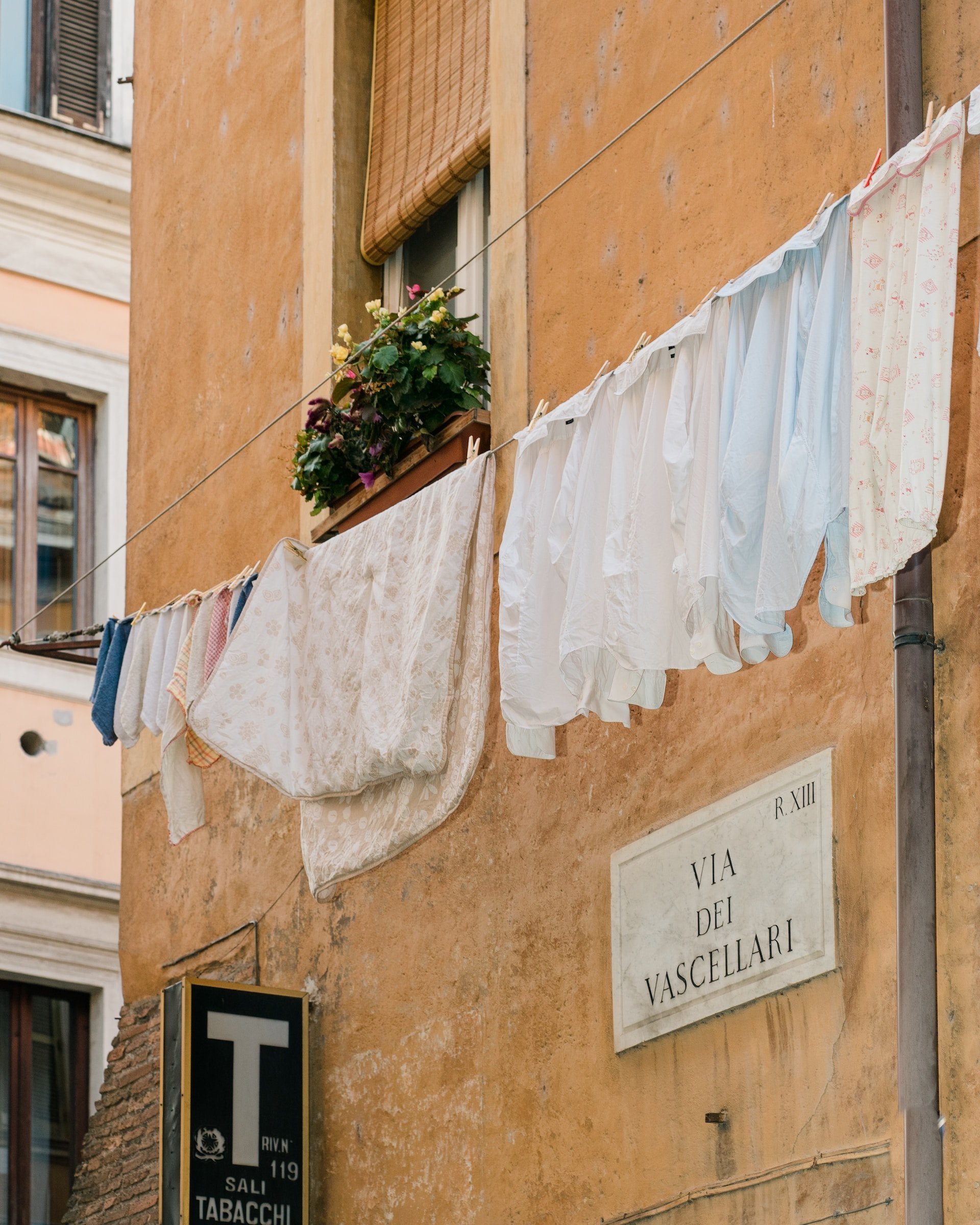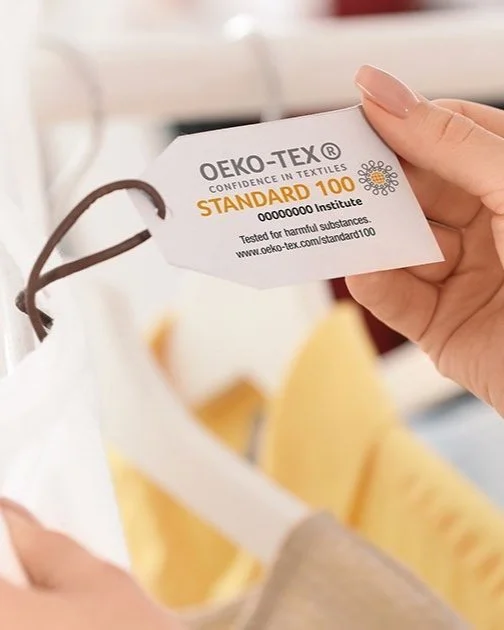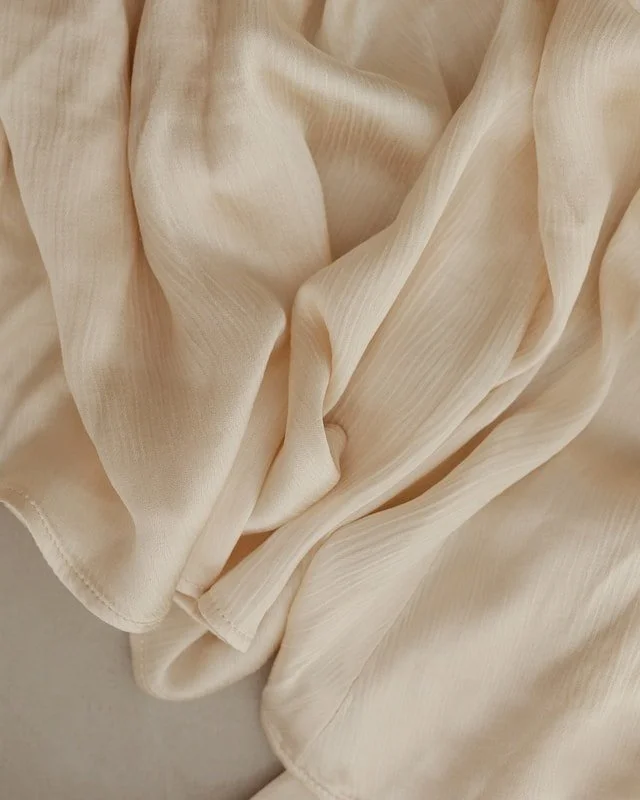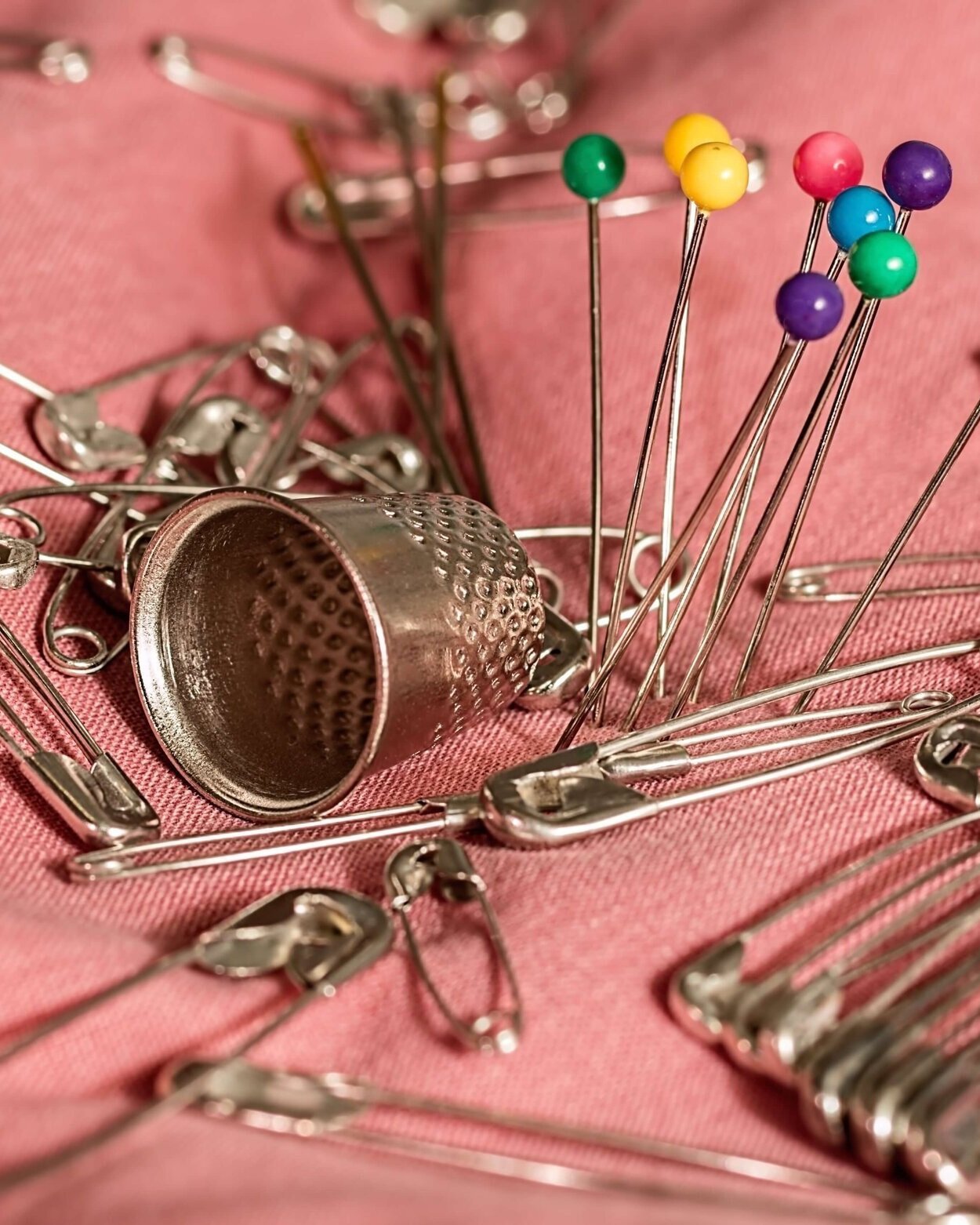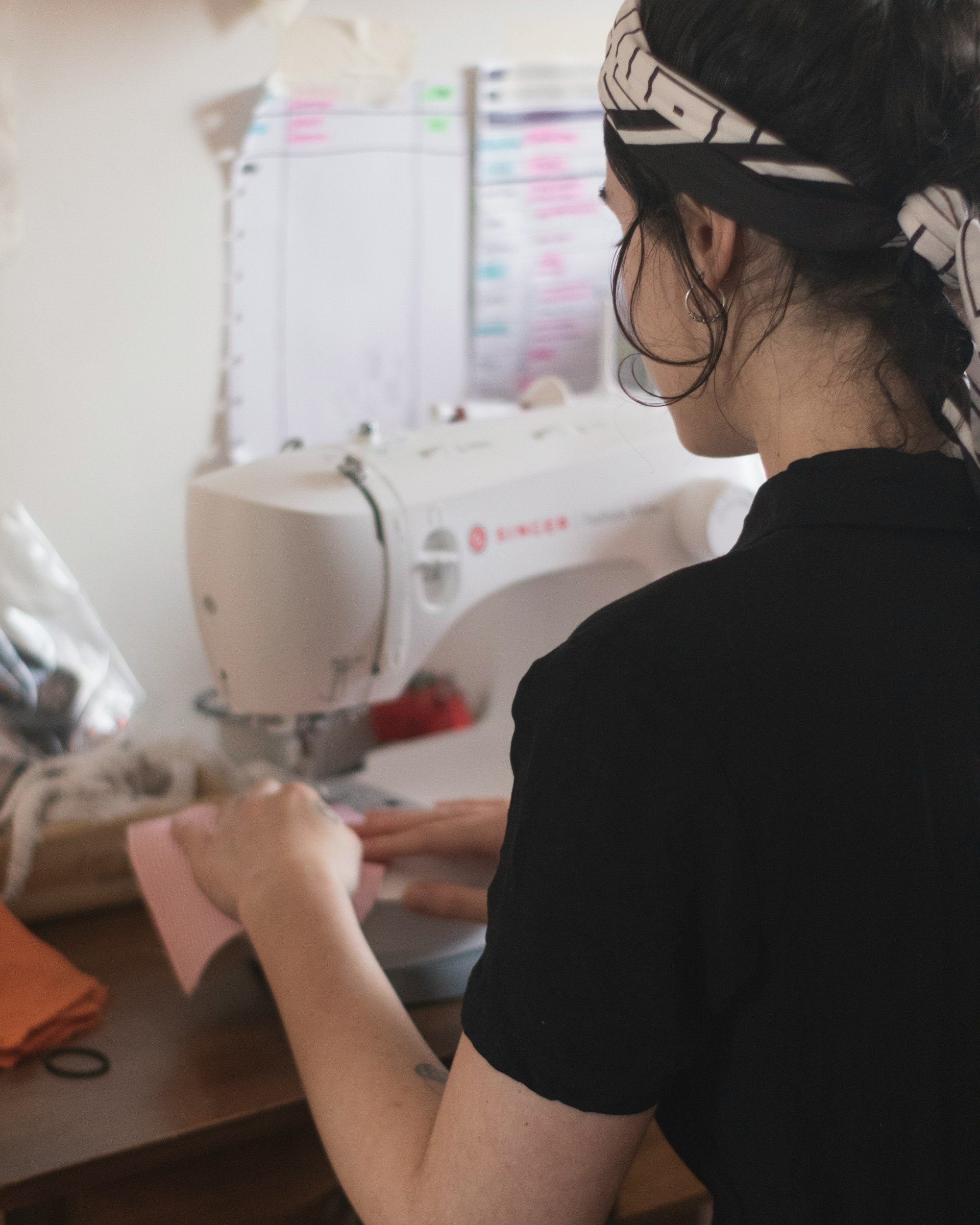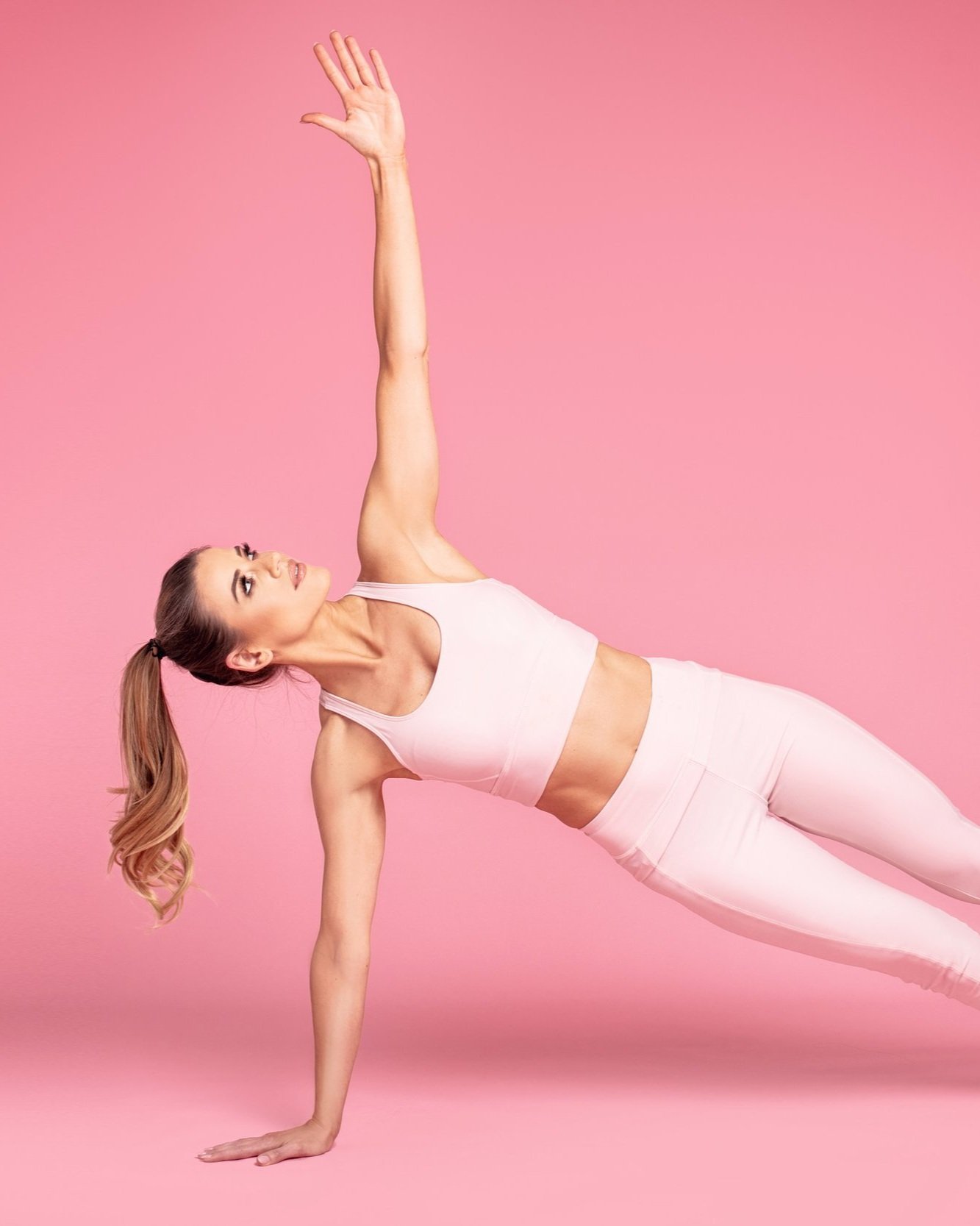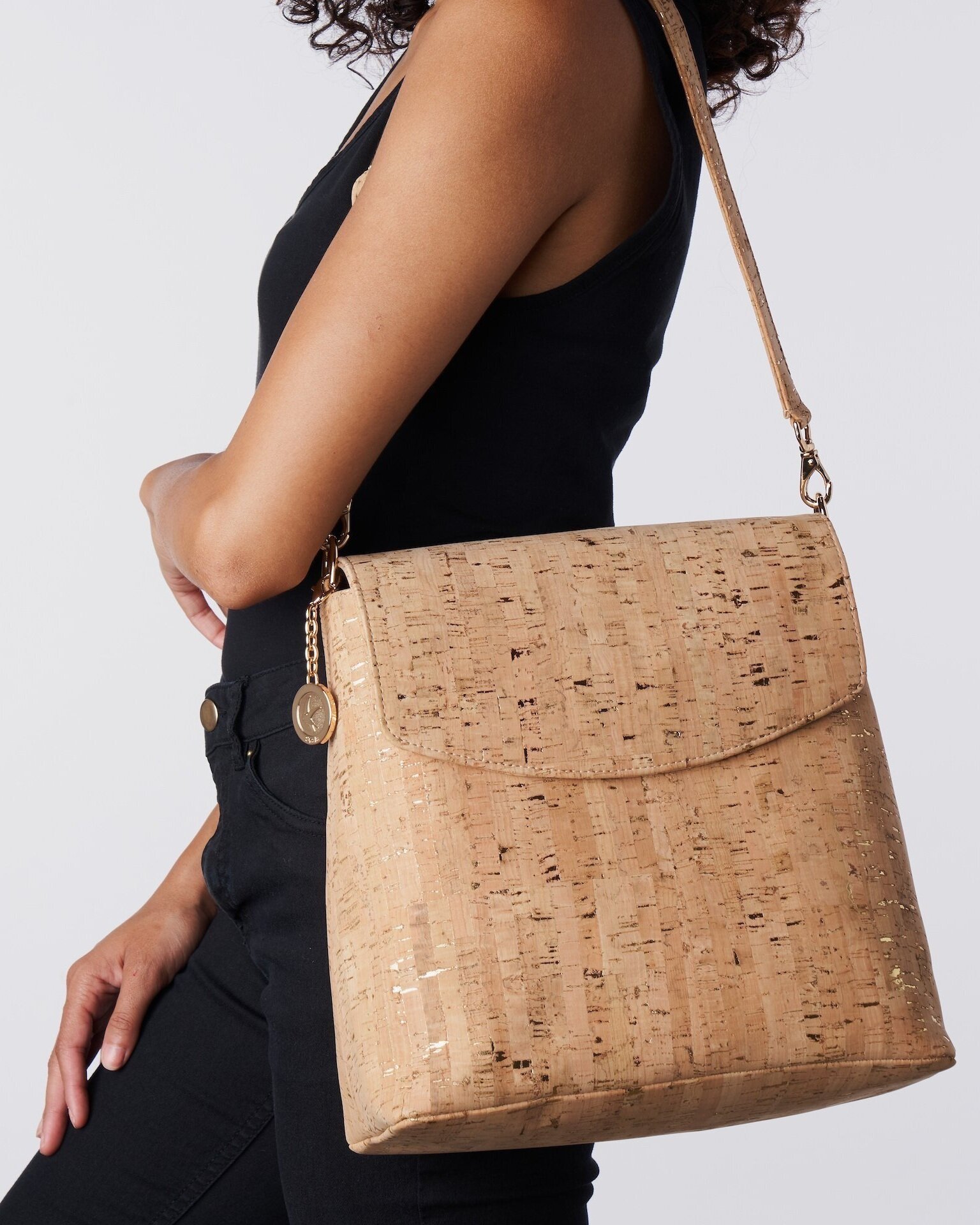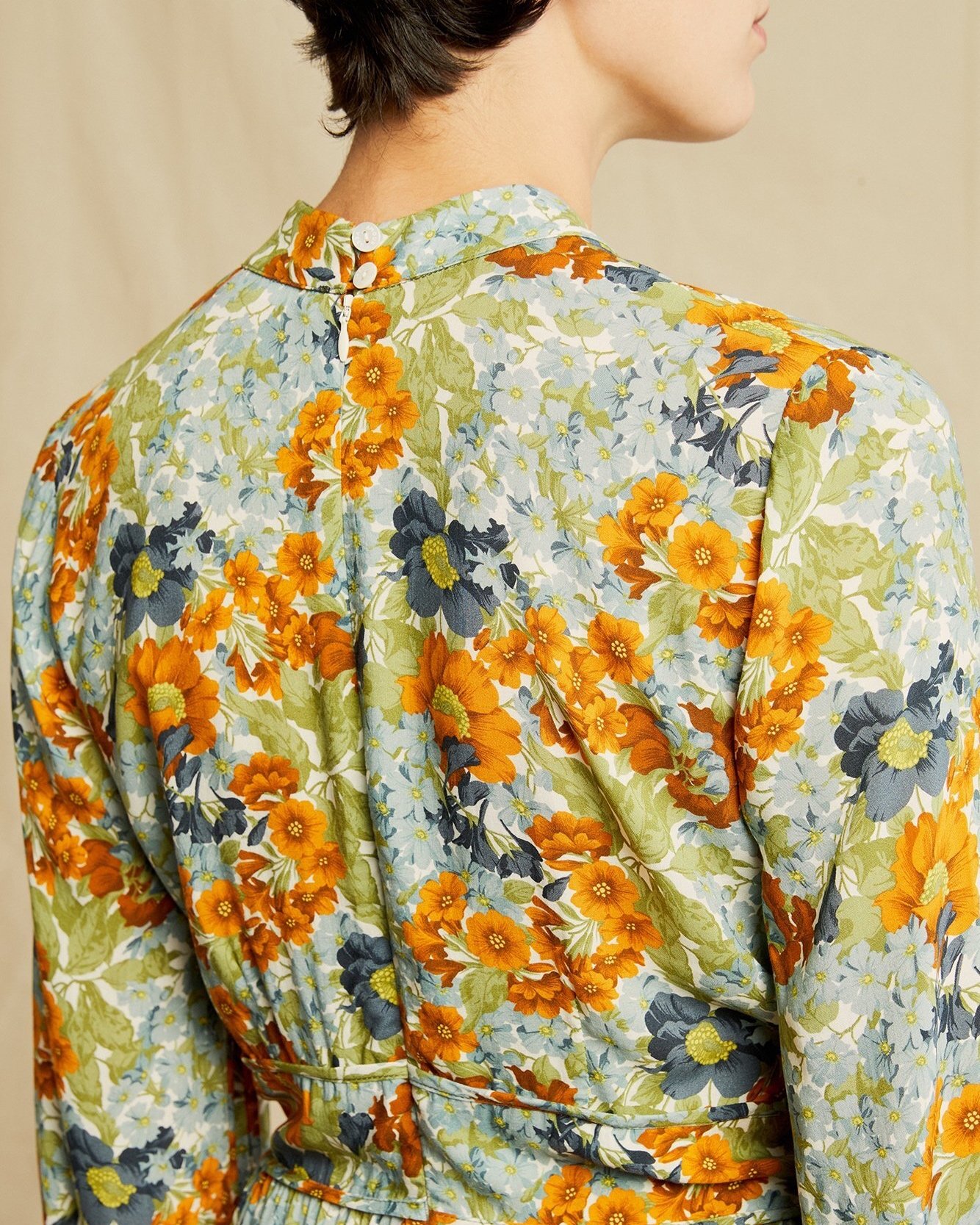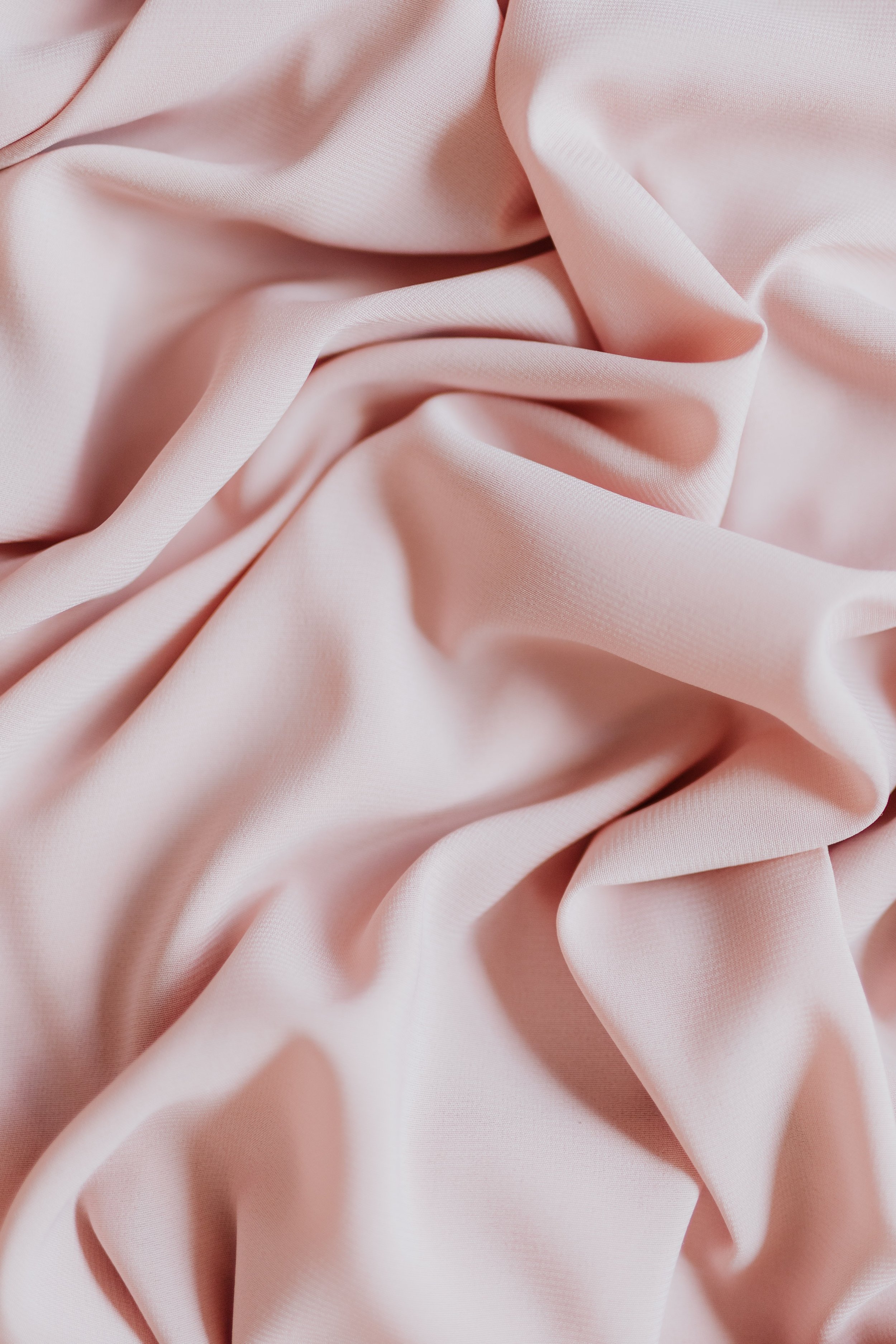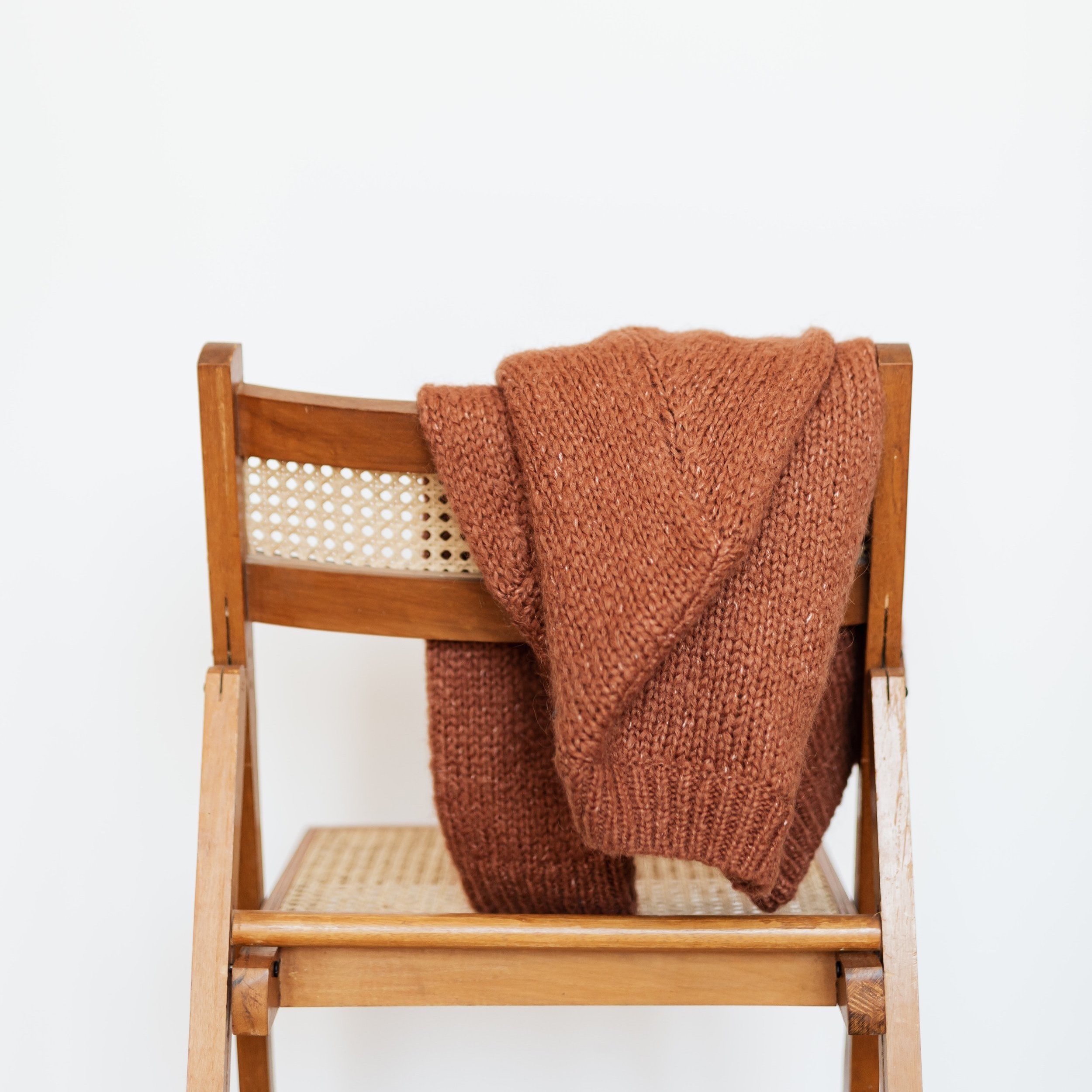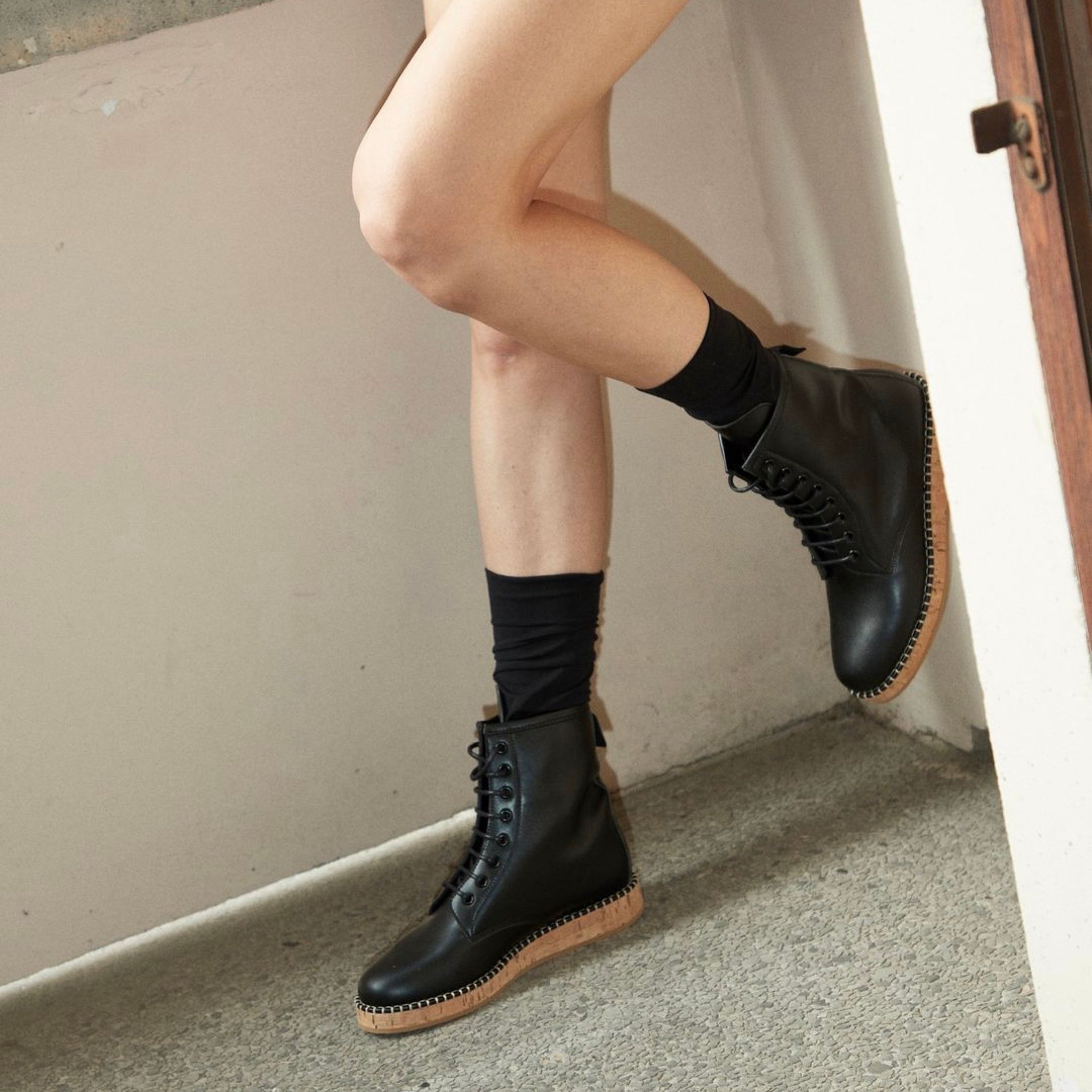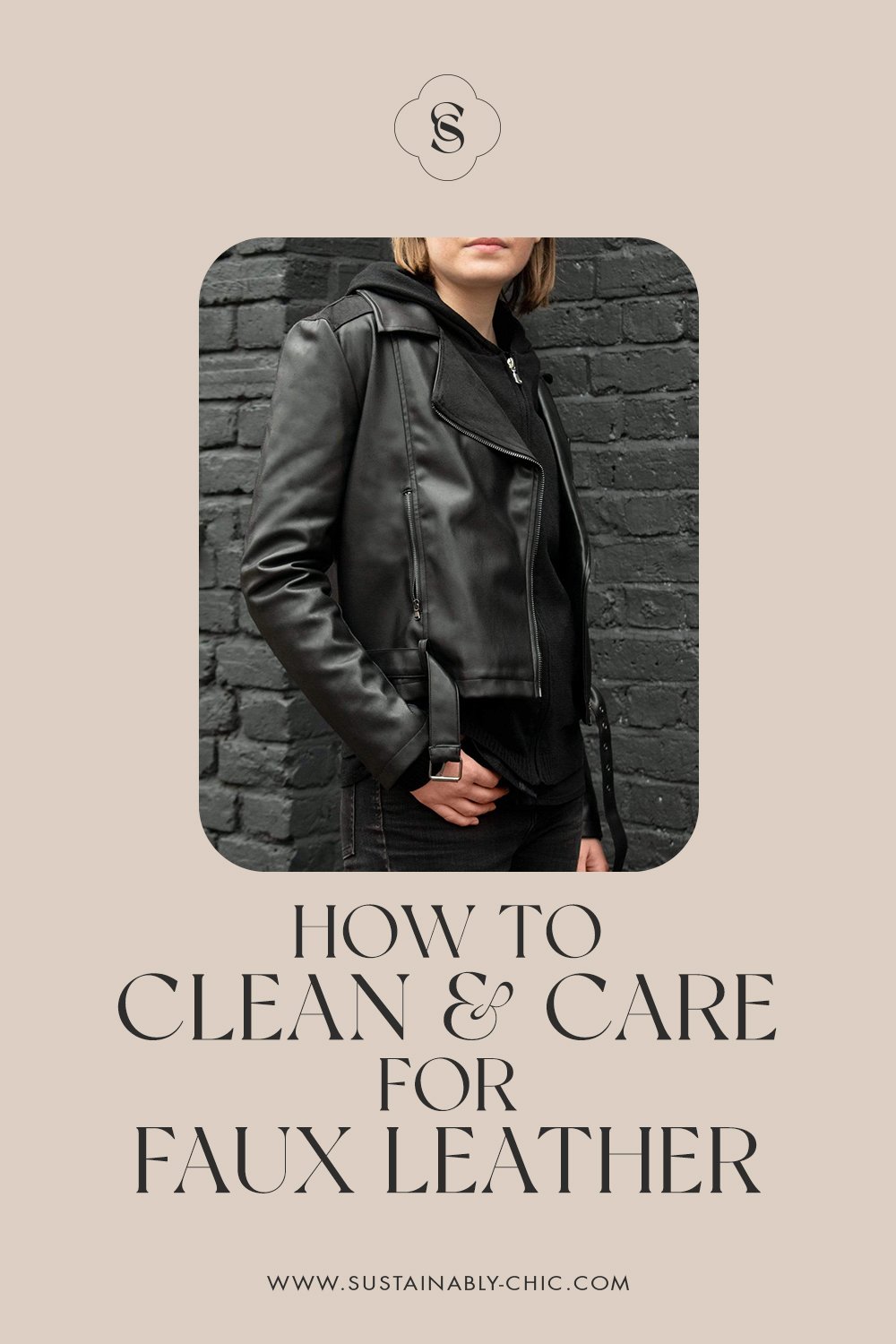Our Favorite Non-Alcoholic Drink Recipes
There are plenty of reasons why you or your guests may choose not to drink alcohol. However, this shouldn’t stop you from enjoying yourselves with a fun drink in hand, minus the alcohol. Fortunately, you can make alcohol-free versions of many of the classics without sacrificing taste or appeal.
The Benefits of Non-Alcoholic Drinks
In a society so focused on well-being, the popularity of non-alcoholic drinks has surged. These drinks offer several advantages, catering to those who choose to abstain, seek healthier alternatives or simply wish to enjoy flavorful concoctions.
They’re (Usually) Cheaper
Non-alcoholic drinks are often more affordable than alcoholic alternatives. Choosing non-alcoholic options can contribute to cost savings, especially in social situations where alcohol prices are high.
You Won’t Be Hungover
Non-alcoholic drinks eliminate the risk of hangovers, which occur after drinking too much. Choosing virgin options will leave you feeling better the next day. Additionally, binge drinking can weaken your immune system, which may be why you get a nasty cold after a weekend of partying.
You'll Reduce Your Risk of Health Problems
Reducing your alcohol consumption can contribute to a lower risk of short-term and long-term health risks. Short-term health risks can include alcohol poisoning and drunken-related injuries. Heavy and prolonged consumption has been linked to an increased risk of high blood pressure, learning and memory problems, and different types of cancer. This includes breast, colorectal, liver, esophageal cancers, and more. Although rarer, alcohol consumption can also cause gallbladder cancer, which affects approximately 12,000 Americans annually.
They’re Inclusive
Offering alcohol-free beverages at social gatherings means that everyone is included. Anyone can consume these drinks, whether they’re pregnant or avoiding alcohol for religious or personal reasons.
9 Must-Try Non-Alcoholic Drinks
There’s no need to miss out on delicious flavors simply because you don’t drink. Many of these delectable beverages use fresh ingredients like lime juice, lime wedges and orange peels, allowing you to enjoy the drinks while reducing waste. You can repurpose any excess waste for juices, garnishing your drink or creative meals.
Embrace the low-waste, high-flavor approach to non-alcoholic drinks with these nine must-try recipes.
1. Virgin Espresso Martini
Espresso martinis are one of the most popular drinks at the moment. They offer the perfect blend of rich coffee flavors and a hint of sweetness. This sophisticated and energizing beverage provides a delightful alternative for those looking to enjoy a traditional cocktail without the alcohol.
Ingredients:
1 shot of freshly brewed espresso from sustainable brands (cooled)
1/4 cup simple syrup (adjust to taste)
2 tablespoons non-alcoholic coffee liqueur
Ice cubes
Coffee beans for garnish (optional)
Instructions:
Brew a shot of espresso and allow it to cool to room temperature.
Fill a shaker with ice cubes to chill the ingredients.
Pour the cooled espresso, non-alcoholic liqueur and syrup into the shaker.
Shake the mixture vigorously for about 15-20 seconds to create a frothy texture.
Strain the contents into a chilled martini glass.
Optional: garnish with a few coffee beans on top to make it look the part.
Serve immediately and enjoy the rich and invigorating flavors.
2. Virgin Mojito
Havana, Cuba, is the birthplace of the Mojito. A classic and timeless choice, the Virgin Mojito combines the zing of lime, the sweetness of sugar, the freshness of mint and the fizz of soda water.
Ingredients:
Fresh mint leaves
Lime wedges
2 tablespoons brown sugar
2 tablespoons fresh lime juice
Ice cubes
1/2 cup soda water
Instructions:
In a glass, mix together mint leaves and lime wedges.
Add the sugar, lime juice and ice cubes to the glass.
Top with soda water and stir gently.
Garnish with a sprig of mint and a lime wedge.
3. Blueberry Basil Mocktail
The Blueberry Basil mocktail is a delightful and visually stunning beverage that combines the sweetness of blueberries with the herbaceous notes of fresh basil. It’s a perfect choice for any occasion where a refreshing and flavorful drink is needed.
Ingredients:
1/2 cup fresh blueberries
8-10 fresh basil leaves
1 tablespoon honey or simple syrup (adjust to taste)
1 tablespoon fresh lime juice
1 cup sparkling water or soda water
Ice cubes
Instructions:
In a glass, mash the fresh berries, basil leaves and honey to extract their flavors.
Add fresh lime juice to the mixture and stir gently.
Fill the glass with ice cubes.
Pour sparkling or soda water over the ice and stir to combine the ingredients.
Garnish the mocktail with a few whole blueberries and a sprig of fresh basil.
Optionally, rim the glass with sugar for extra sweetness.
Serve immediately.
4. Cucumber Mint Cooler
For a crisp and rejuvenating experience, try the cucumber mint cooler.
Ingredients:
Cucumber slices
Fresh mint leaves
Lime juice
Honey
Ice cubes
Instructions:
In a blender, combine cucumber slices, mint leaves, lime juice and honey.
Blend until smooth and then strain the mixture.
Serve over ice and garnish with cucumber slices and mint leaves.
5. Mango Pineapple Slushie
This drink is a tropical escape that transports you to sun-soaked beaches, minus the alcohol. It’s a great beverage to cool down on warmer days and indulge in tropical flavors.
Ingredients:
1 cup ripe mango, peeled and diced
1 cup fresh pineapple chunks
2 tablespoons honey or agave syrup
1 cup ice cubes
1/2 cup coconut water or pineapple juice
Pineapple slices and mint leaves for garnish
Instructions:
In a blender, combine the mango, pineapple, honey and ice cubes.
Add in coconut water or pineapple juice to help with blending.
Blend the mixture on high speed until smooth and slushie-like in consistency.
Taste and adjust the sweetness if needed by adding more honey or agave.
Pour the slushie into a glass and garnish with mint leaves for a burst of color.
Optional: run a wedge of lime around the rim and dip it in sugar for added sweetness.
6. Jasmine Tea Mocktail
Jasmine tea originated in China over 1,000 years ago, where the locals used it for its various health benefits. Jasmine is believed to lower the risk of cancer and boost mood. The Jasmine Teamocktail is a sophisticated and fragrant mocktail that captures the delicate essence of jasmine tea with citrusy notes.
Ingredients:
1 cup brewed jasmine tea, chilled
1 tablespoon honey
1 tablespoon fresh lemon juice
1 cup sparkling water or club soda
Ice cubes
Lemon slices and jasmine flowers for garnish
Instructions:
Brew a cup of jasmine according to the packaged instructions and let it cool to room temperature. Then refrigerate until chilled.
In a glass, combine the chilled jasmine tea, honey and fresh lemon juice. Stir until the sweetener is fully dissolved.
Fill the glass with ice cubes.
Pour sparkling water or club soda over the ice and tea mixture. Stir gently to combine the ingredients. Garnish the mocktail with lemon slices and a few delicate jasmine flowers for a touch of decoration.
Add a sprig of mint (optional).
7. Apple Cider Sangria
The Sparkling Apple Cider Sangria is a festive and flavorful mocktail ideal for fall days. This alcohol-free alternative brings together the sweet and tangy notes of apples, citrus and berries for a delightful seasonal drink.
Ingredients:
2 cups apple cider
1 cup sparkling water or ginger ale
1 cup mixed berries (blueberries, raspberries, blackberries, strawberries)
1 apple, cored and thinly sliced
1 orange, thinly sliced
1 tablespoon honey
1 teaspoon ground cinnamon
Ice cubes
Cinnamon sticks and apple slices for garnish
Instructions:
In a large pitcher combine apple cider, sparkling water (or ginger ale) and honey.
Add mixed berries, apple and orange slices.
Sprinkle ground cinnamon into the mixture and stir gently.
Refrigerate for at least two hours to allow flavors to meld.
Before serving, fill a glass with ice cubes.
Pour the chilled Sangria over the ice, distributing the fruits evenly.
Garnish each glass with a cinnamon stick and apple slice.
Optional: rim the glass with cinnamon sugar.
8. Homemade Ginger Beer
Homemade ginger beer is a classic and nostalgic beverage combining the heat of fresh ginger with the crispness or citrus fruit and a hint of sweetness. This alcohol-free version allows you to enjoy the bold flavors of ginger in a refreshing homemade concoction.
Ingredients:
1 cup fresh ginger, peeled and grated
1 cup granulated sugar
1 cup freshly squeezed lime juice
4 cups cold water
1/4 teaspoon active dry yeast
1/4 lukewarm water
Ice cubes
Fresh mint leaves and lime wedges for garnish
Instructions:
In a saucepan, combine grated ginger, sugar and 2 cups of cold water. Bring the mixture to a simmer over medium heat., stirring until the sugar dissolves. Allow it to simmer for 5-7 minutes.
Remove the ginger syrup from the heat and let it cool to room temperature.
In a small bowl, dissolve active dry yeast in lukewarm water and let it sit at room temperature for 24-48 hours to allow natural fermentation. Keep an eye on the mixture, and when it becomes slightly effervescent, it’s ready.
Strain the ginger beer to remove the grated ginger and transfer the liquid to a clean bottle for storage.
Refrigerate the homemade ginger beer until well-chilled.
Serve it over ice in glasses.
Garnish with fresh mint leaves and lime wedges.
9. Negroni (aka No-groni)
A Negroni is one of the most popular drinks in the world. Italian Count Camillo Negroni invented the cocktail in the 1900s when he insisted a bartender replace the soda water in his Americano with gin. The non-alcoholic version — often called a No-groni — is just as sophisticated.
Ingredients:
1/4 cup non-alcoholic gin alternative
1/4 non-alcoholic Campari alternative
1/4 cup non-alcoholic red vermouth substitute
Orange peel twist
Ice cubes
Orange slice for garnish
Instructions:
Fill a mixing glass with ice cubes to chill the ingredients.
Pour the non-alcoholic alternatives into the glass.
Stir them well for about 15-20 seconds to properly chill and mix the flavors.
Strain the mixture into a lowball glass filled with ice.
Express the oil from an orange peel over the drink by holding it over the glass and giving it a twist, then dropping the peel into the glass.
Garnish with an orange slice for an extra burst of citrus.
About the Author
Mia Barnes is a health and beauty writer with a passion for sustainable living and wellness. Mia is also the Founder and Editor-in-Chief of Body+Mind Magazine, an online publication that covers healthy and eco-friendly living. Follow Mia and Body+Mind on Twitter and LinkedIn!
MAKE SURE TO PIN THE PHOTO BELOW TO SAVE THIS POST FOR LATER!
WANT MORE SUSTAINABLE BRANDS? VISIT OUR BRAND DIRECTORY!
Our Brand Directory is home to hundreds of sustainable brands, from makeup to cleaning supplies, from underwear to shoes. We have broken everything down by category for easy shopping, along with discount codes unique to Sustainably Chic viewers.



















